The Path To Creating Comprehensive EGrocery Websites







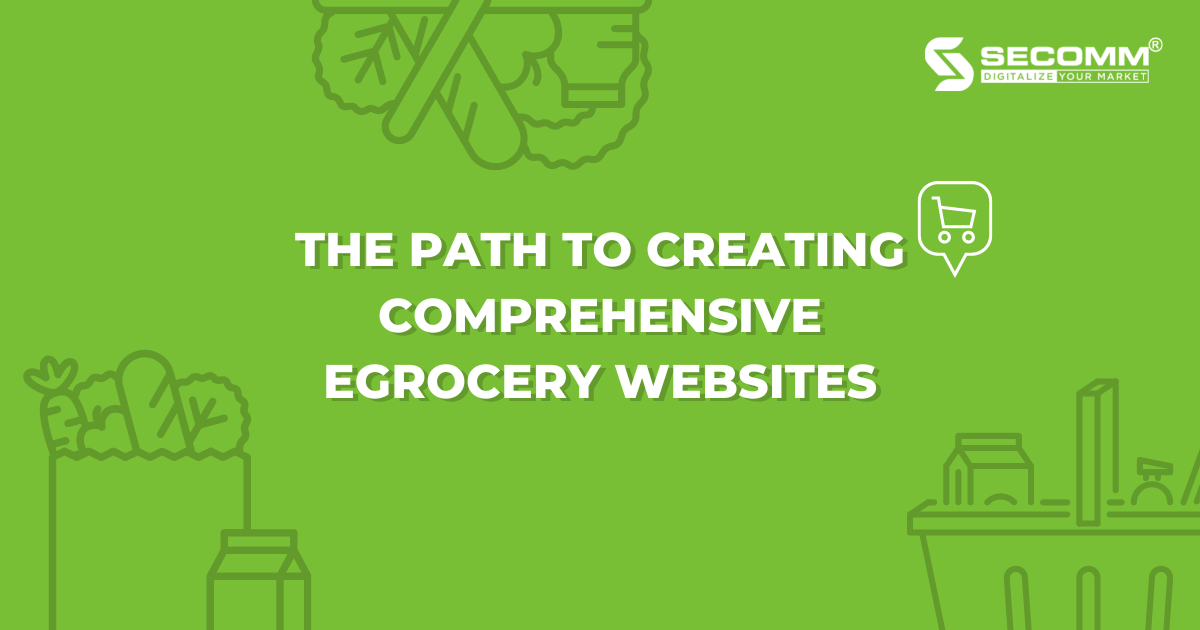
According to Statista, the size of the Vietnamese ecommerce market in 2021 was $13 billion and is expected to reach $39 billion in 2025, ranking second in Southeast Asia behind only Indonesia. The spectacular breakthrough of the grocery eCommerce industry has coincided with the explosion of the eCommerce market. As a result, online grocery shopping has become a part of 53 percent of consumers’ habits.
Grocery companies should create their eCommerce website as soon as possible to jump into the bigger game and develop online grocery business activities to capitalize on the enormous potential of the eGrocery market and gradually transition to digital transformation.
SECOMM has outlined the journey to create a comprehensive eGrocery website for the Vietnamese market with over 7 years of experience in eCommerce.
1. The initial stage: Basic eGrocery website development
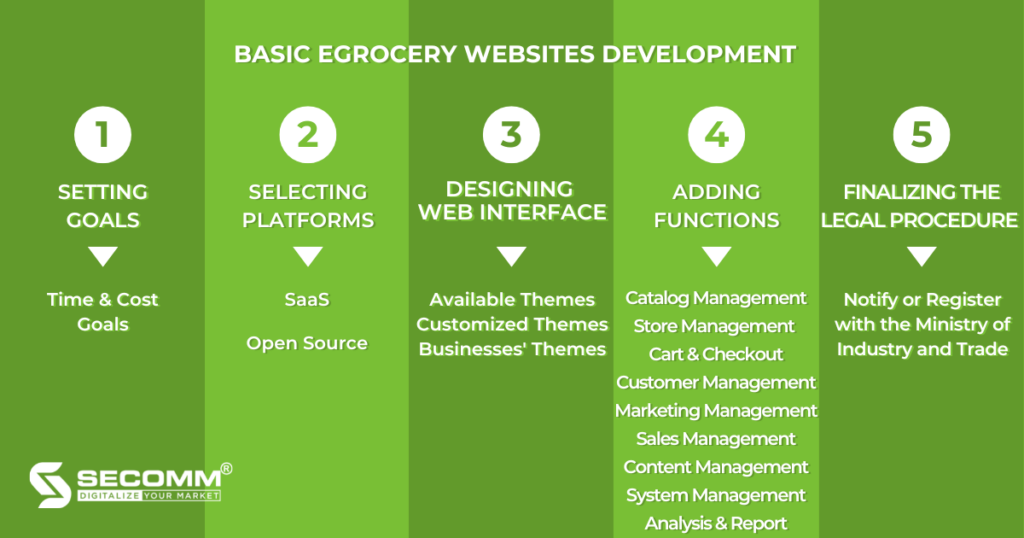
Setting goals for the development of the eGrocery website
The first step for grocery businesses is to set goals and prioritize those goals to plan the result of an appropriate eCommerce website for each stage.
Businesses can consider long-term goals such as brand positioning, exploitation of potential customers, and product online business capability.
Short-term goal activities such as revenue growth, customer monitoring and analysis, campaign effectiveness evaluation, and so on should prioritize by businesses.
Furthermore, the user experience factor, which includes services such as payment, logistics, online customer care, and so on, is critical to increasing interaction, support, customer consultation, and problem resolution as quickly as possible.
In terms of duration, businesses can choose to deploy quickly to penetrate the eGrocery market or gradually adapt to the market at this stage. When deploying a grocery ecommerce website, the budget will be determined by each business’s strategy and financial potential.
Selecting a basic eGrocery website development platform
Two popular platforms assist businesses in developing eCommerce websites: SaaS (Software as a service) and Open Source. Here are some of the best Saas eCommerce platforms: Haravan, Shopify, and BigCommerce.
- Pros: Rapidity, reasonable price, no IT experience requirement
- Cons: Operating costs rise over time as a result of annual/monthly service license payments, platform developer reliance due to lack of ownership of source code and data, and limited functions such as the ability to integrate and expand the website system.
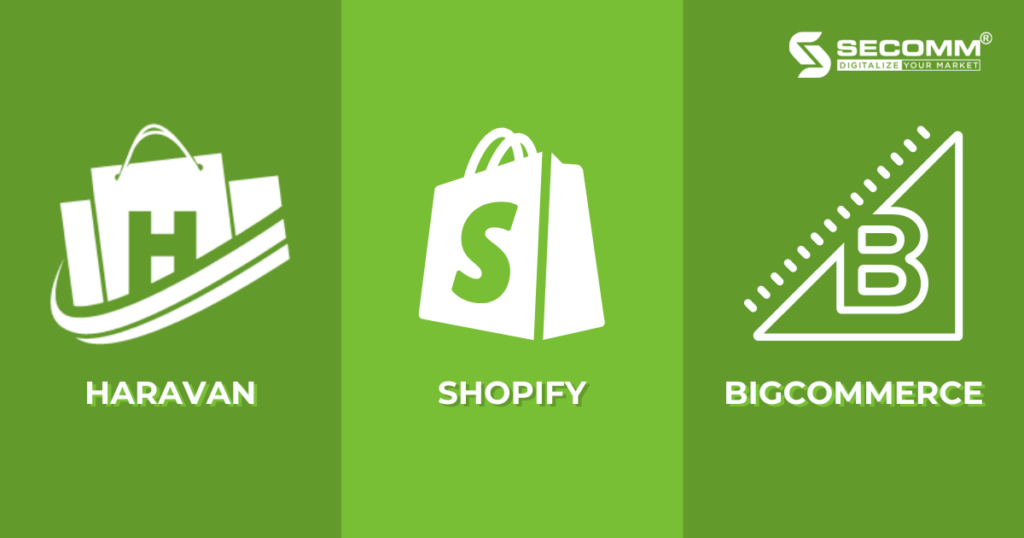
Open Source eCommerce Platforms widely used in the Vietnamese market include WooCommerce, OpenCart, and Magento.
- Pros: The user owns the source code and data, has more interfaces and functions, and has better integration and extensibility than SaaS platforms.
- Cons: It takes more time and cost to develop the website initially than SaaS platforms. Also, it requires an experienced IT team to handle its system.
Due to the significant differences between SaaS Platforms and Open Source Platforms, stage businesses prefer to use SaaS Platforms in the initial stages of basic eGrocery
Designing the interface of the eGrocery website
Businesses have to meet the following criteria when designing the website interface: UI/UX standardization, displaying the brand’s and the eGrocery industry’s characteristics, and product presentation synchronization to provide the best experience to customers.
There are three approaches to designing the interface: using available themes, customizing themes, or creating their own. Businesses frequently use the available themes in this stage to save the most money. Still, some companies with financial potential will choose the other two options for better branding.
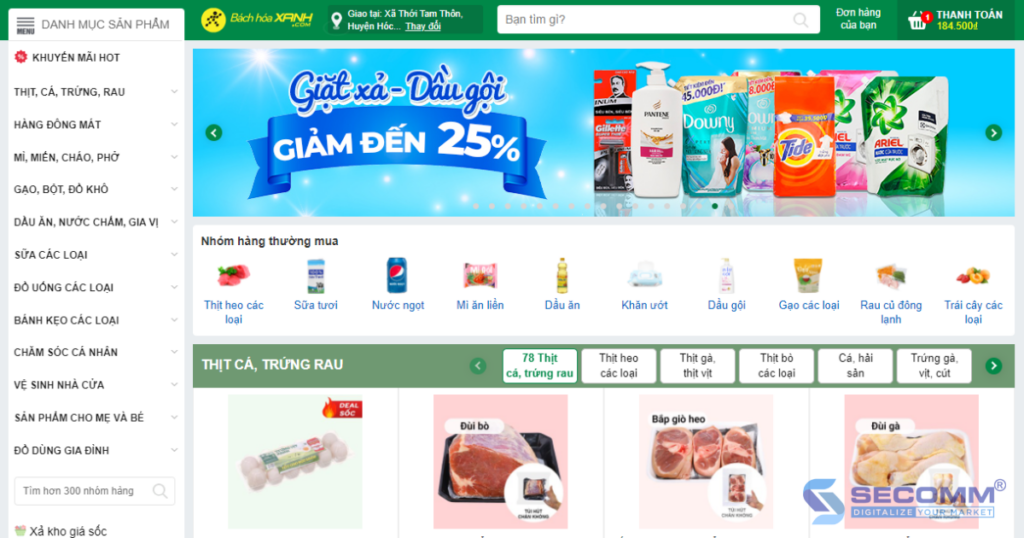
Adding functions to the eGrocery website
When operating a grocery eCommerce system, businesses can prioritize the development of basic functions to meet the essential needs during this time.
Some basic functions required in eGrocery websites, such as:
- Catalog Management: Manage all data, processes, categories, attributes, prices, inventory quantities, and images/videos to operate and optimize the efficiency of the online grocery store.
- Store Management: Manage product inventory and each branch’s business activities and personnel.
- Cart and Checkout: Manage the shopping cart and customers’ information when they check out.
- Customer Management: Manage customer information to increase marketing efficiency, purchase experience, and customer satisfaction.
- Marketing Management: Optimize SEO and implement marketing strategies with tools to increase business sales.
- Sales Management: Create and manage sales, order, payment, and shipping processes.
- Content Management: Create and optimize all content elements for CMS pages, image storage, customize themes, and design websites.
- System Management: Delegate administrators to review the best methods for website security and maintenance
- Analysis and Report: Help track and measure eCommerce system performance and develop future strategies.
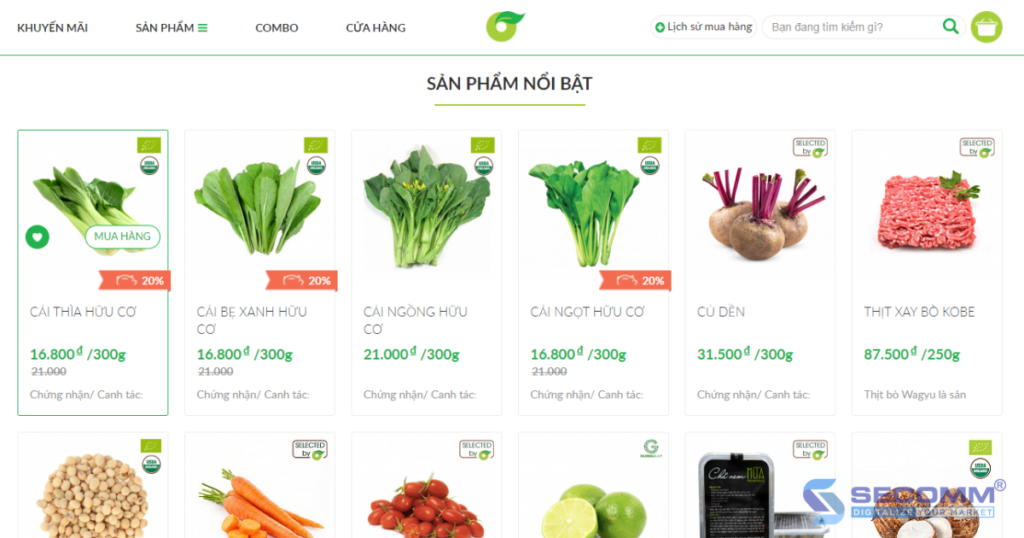
Finalizing the legal procedures
According to Decree 52/2013/ND-CP of the Government, every individual or organization that owns a sales eCommerce website must notify or register with the Ministry of Industry and Trade on the eCommerce Operation Management Portal.
Websites that exceed the time limit or fail to register/notify the competent management agency within the time frame specified will be administratively sanctioned by regulations.
2. The following stage: Advanced eGrocery website development
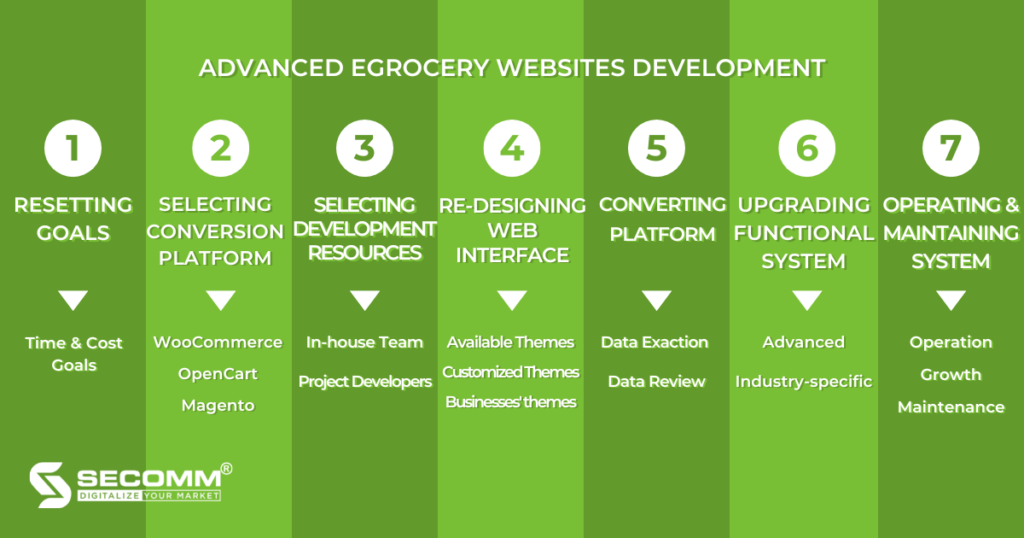
Re-targeting
As the company grows and the market changes, the goals must be adjusted accordingly. This is also the time for leaders to rethink the business strategy’s target and money to invest in the grocery eCommerce website system. During this time, businesses frequently focus on the short and long-term goals of expanding the online grocery store system.
Long-term business goals can include expanding market segments, developing loyalty programs, forming consumer online shopping habits, etc.
Short-term goals for businesses can include capturing more new potential customers, increasing revenue, and supporting Ecommerce Marketing strategy.
Selecting platforms for conversion
When SaaS platforms are no longer effective enough to help businesses expand their online grocery store website systems, they have to turn to Open Source platforms like Magento, WooCommerce, and OpenCart to build advanced eGrocery websites.
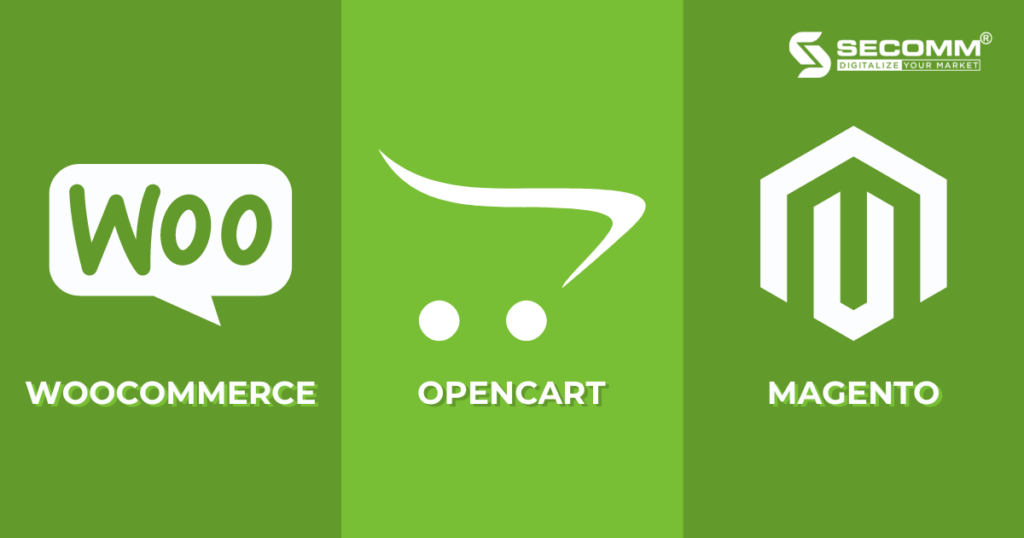
In this stage, platform selection criteria include:
- Professional website interface, UX / UI standardization, displaying the brand’s and the eGrocery industry’s characteristics.
- Comprehensive functional system from basic; advanced to industry-specific
- Flexible customization and extensibility, allowing businesses to integrate with a wide range of third-party utilities and support multiple websites, multi-language, and multi-currency.
- High security, assisting businesses in avoiding network attacks, and assisting with data backup when needed
Absolutely, businesses will face more challenges when switching platforms from SaaS to Open Source, such as changing costs, time to train personnel on open platforms, and data loss or errors during the conversion.
Selecting the development resources (In-house team or Project developer)
Businesses must choose the right resources to develop their website to build eCommerce website on an open source platform. Typically, companies can create an in-house team or find a project developer. Regardless of the resource, professional knowledge and practical experience about the chosen platform are required.
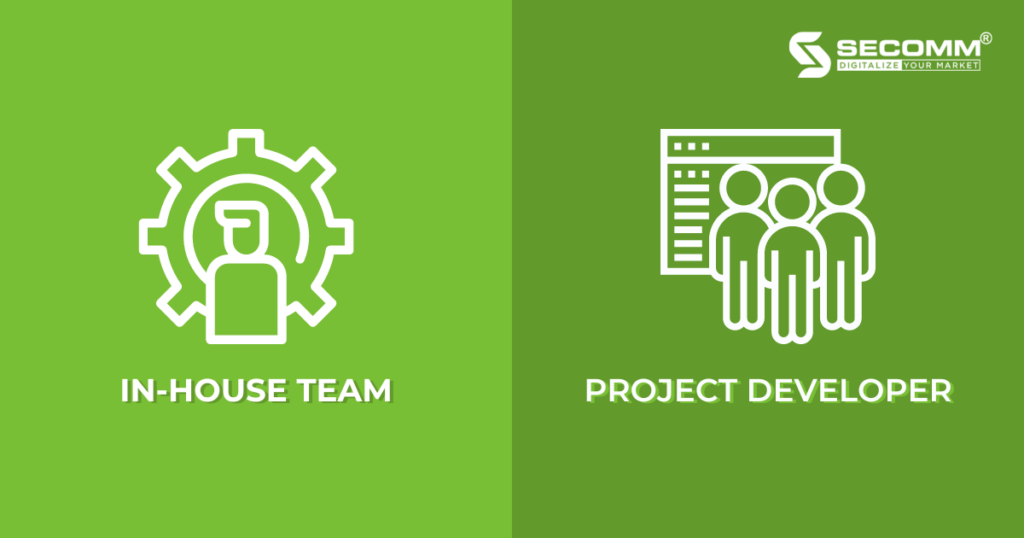
Businesses should recruit and train IT and eCommerce personnel with expertise and experience in the chosen platform. Building the right team will take a lot of time and money. Still, it will help businesses manage resources better and actively edit or develop the website system according to the requirements.
Businesses should look for project developers based on the following criteria to collaborate with them:
- Ecommerce experience (the number of years of experience, the quantity and the quality of projects they have done, and the complexity of projects).
- The professional team (solution consultants, IT personnel, customer service).
- Good process (analyzing, proposing solutions, developing, testing, and maintaining).
- Fast processing and support capabilities.
- Warranty and maintenance commitments.
This will help businesses learn expertise, gain experience, and develop a website in all aspects of the eGrocery industry. Still, companies and their partners must collaborate effectively to achieve a better result.
Re-designing the interface of the eGrocery website
Businesses can keep things the same while switching platforms. There is no need to change the current website interface. Many companies, however, will rebuild the website interface to match the new strategy and platform.
Similar to the previous stage, businesses have several options when designing the interface of a grocery eCommerce website: using available themes, customizing the themes, or creating their own. At this stage, however, businesses frequently choose to customize or design their own theme to reflect the characteristics of the eGrocery brand and industry.
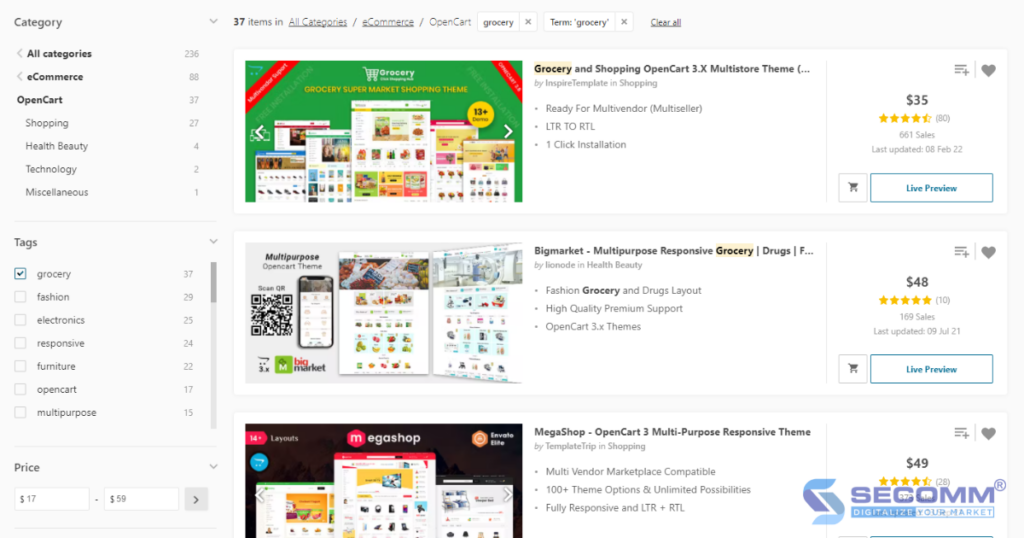
Converting platform
After selecting the appropriate conversion platform, the conversion should be carried out carefully to limit the risk of data loss or enterprise error. To avoid errors, the conversion is usually done as automatically as possible.
The platform conversion process includes steps to extract data from the old system and record it into the new system. After converting the platform, businesses need to double-check to ensure that the converted data is fully and correctly according to the plan.
Upgrading functional system
In addition to the basic functions, businesses should focus on developing a more complex system of functions, including advanced and industry-specific functions for the eGrocery industry.
Advanced functions include order tracking, abandoned cart, similar product recommendations, advanced product search, multilayer product catalog, and others that improve the consumer experience and speed up the shopping process.
Industry-specific functions aid in thoroughly resolving the challenges of implementing intensive departmental eCommerce, meeting the needs of customer segments and businesses such as fast delivery, delivery time selection, and so on.
Furthermore, businesses must constantly update and develop user-friendly functions to stay competitive in the market.
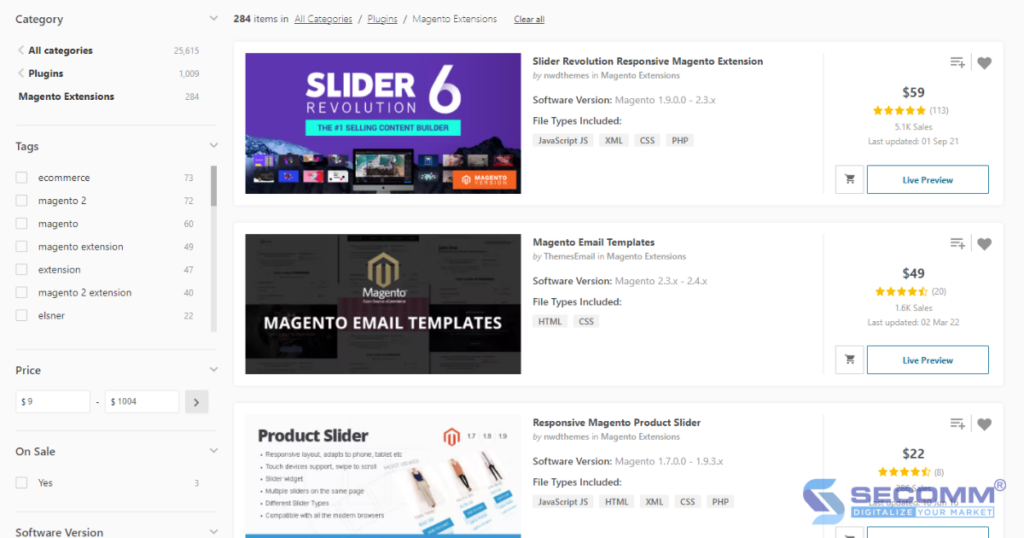
Operating and maintaining the eGrocery website system
When putting the grocery eCommerce website system through testing, businesses must review and test the entire website and functionality in a specific time frame to ensure order processing speed, website stability, and so on. In addition, businesses must immediately contact the in-house team or the developer if issues arise to adjust and improve the website before going live.
After the grocery eCommerce website system has stabilized, businesses should focus on Ecommerce Marketing strategies (SEO, SEM, Email Marketing, Content Marketing, Social Marketing, and so on) or implement Omni-channel to grow their online eGrocery business.
For long-term sales growth, businesses should maintain, update, and upgrade their website system regularly, quickly adapting to changes in the eCommerce market in general and the grocery market in particular.
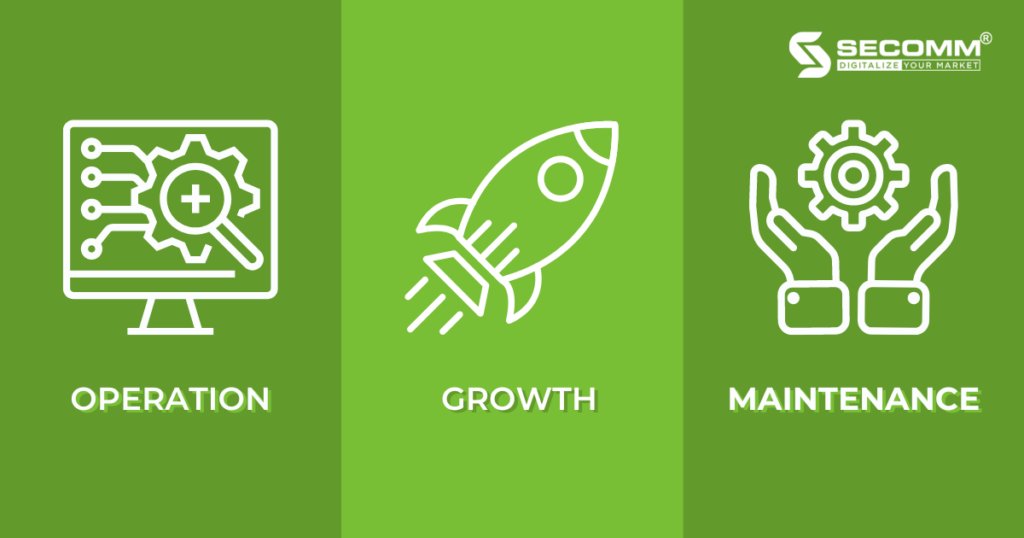
In general, developing comprehensive eGrocery websites for the Vietnamese market is complex. It requires businesses to invest significant time and money in researching the best eCommerce strategy for each stage of business development.
Our company – SECOMM, has been partnering with many big enterprises such as An Nam Group (Vietnam), Jasnor (Australia), and Changi Airport Group (Singapore). As a result, we are aware of the challenges and worries firms face while developing an eCommerce website system.
Get in touch with us now for FREE eCommerce consultancy and solutions in eGrocery businesses.






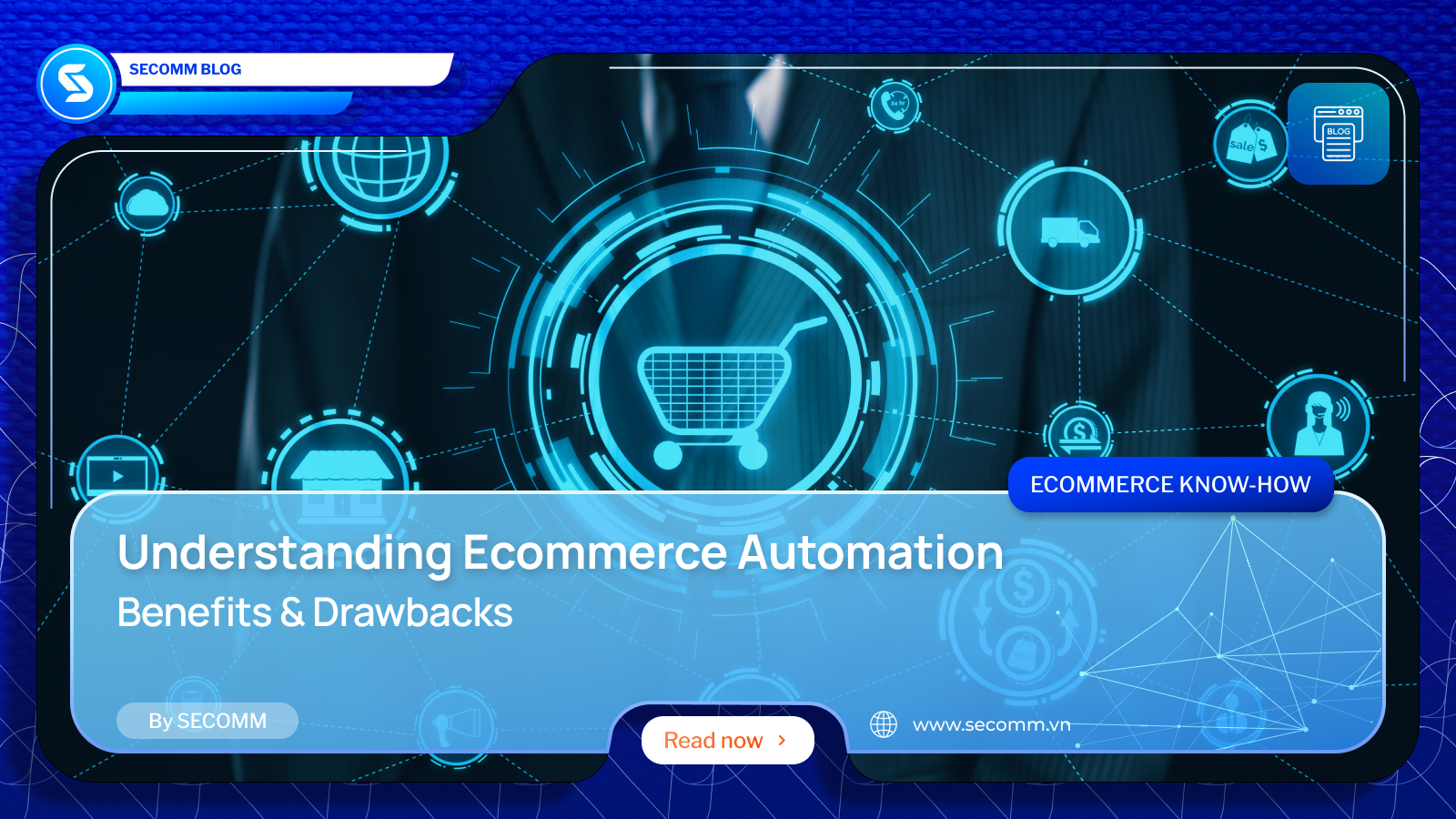
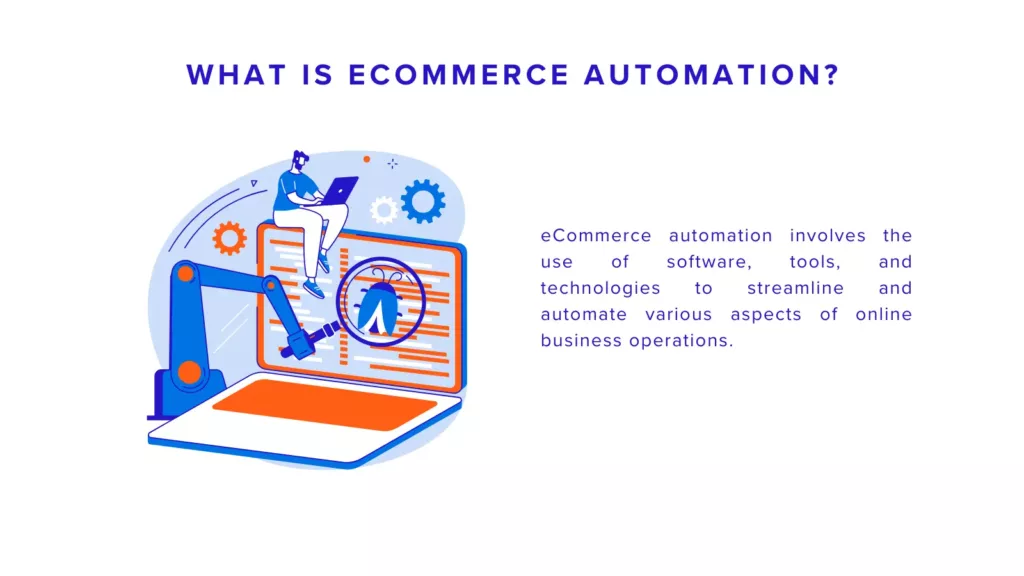
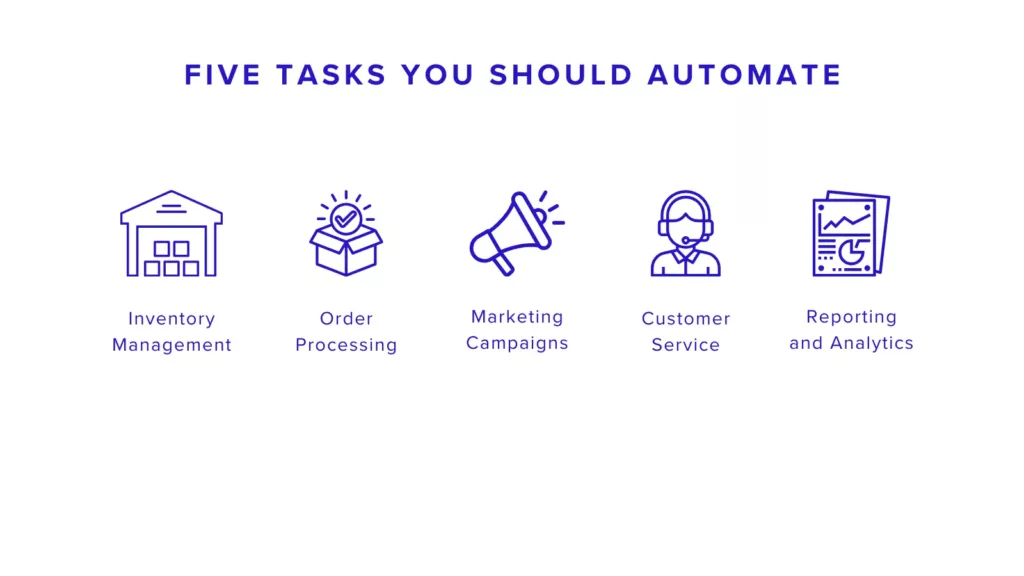
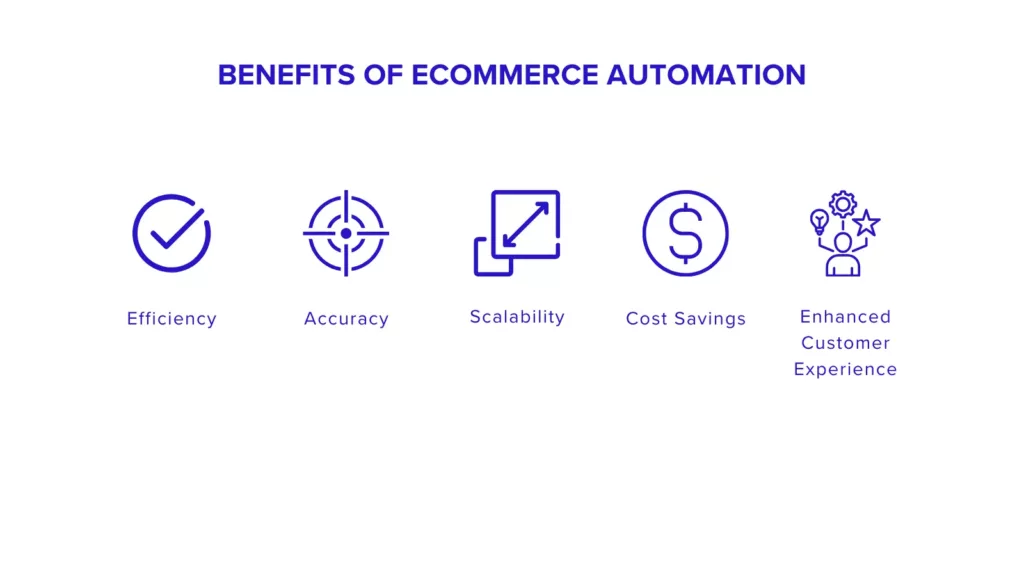
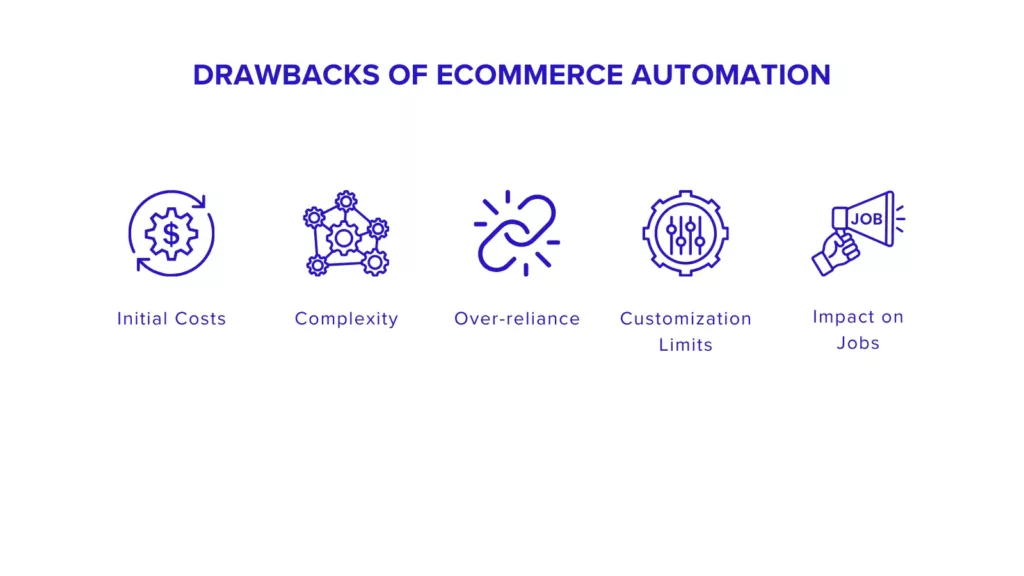
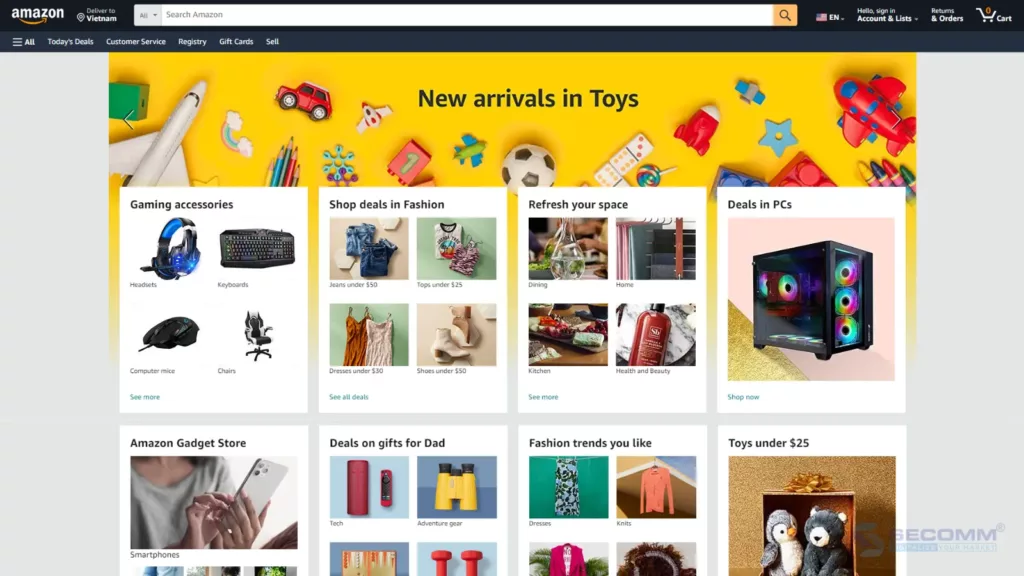
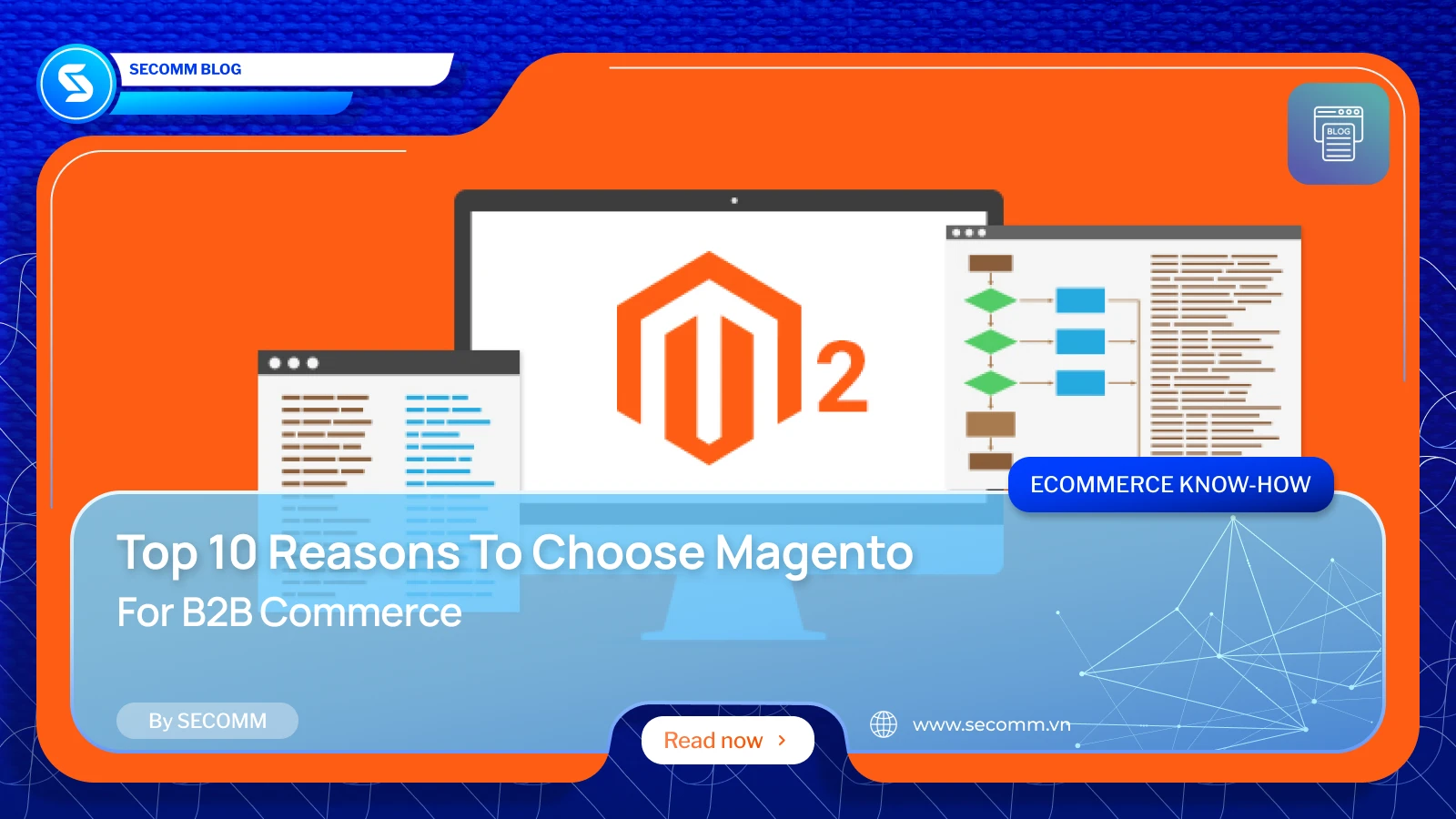
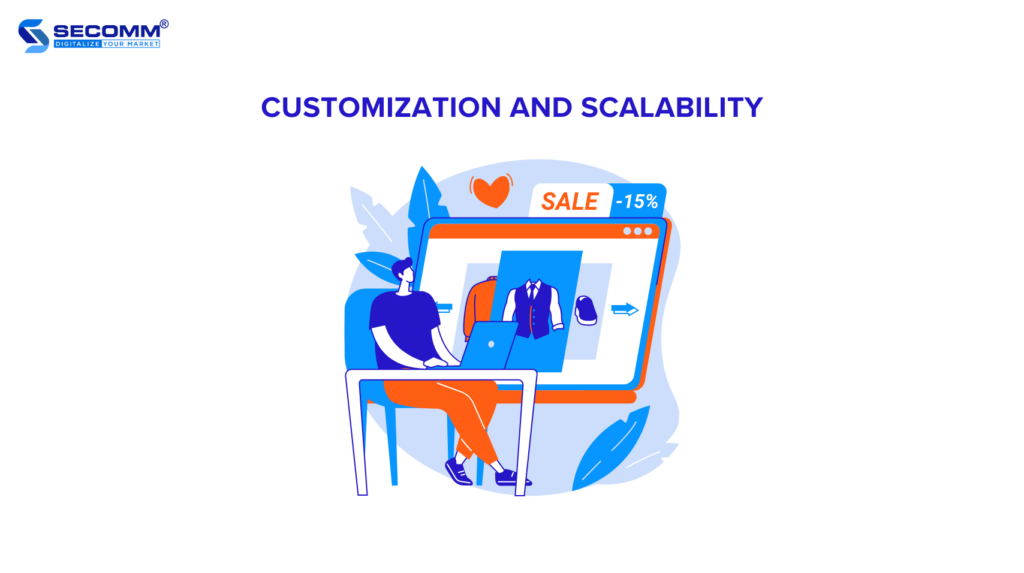
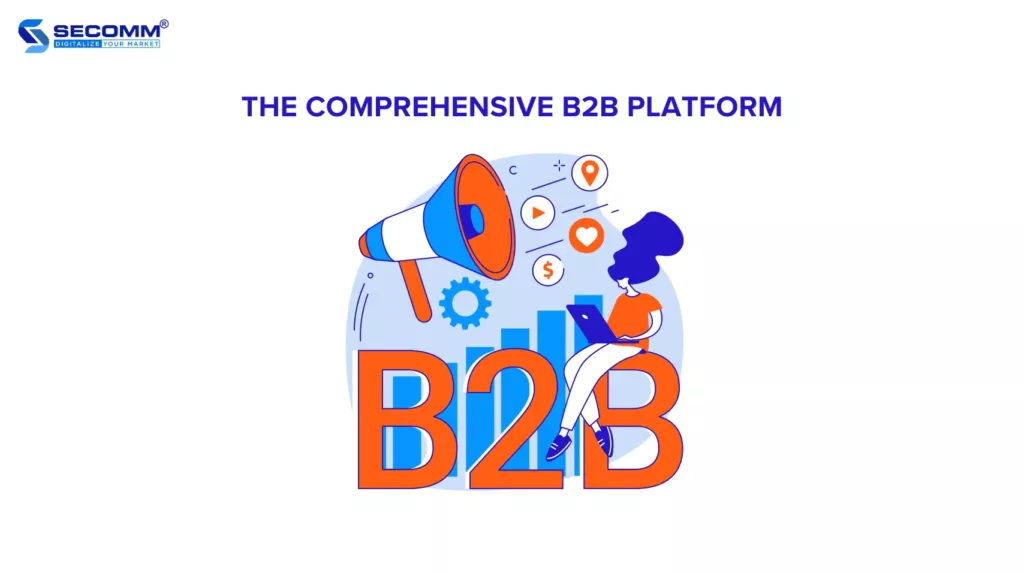
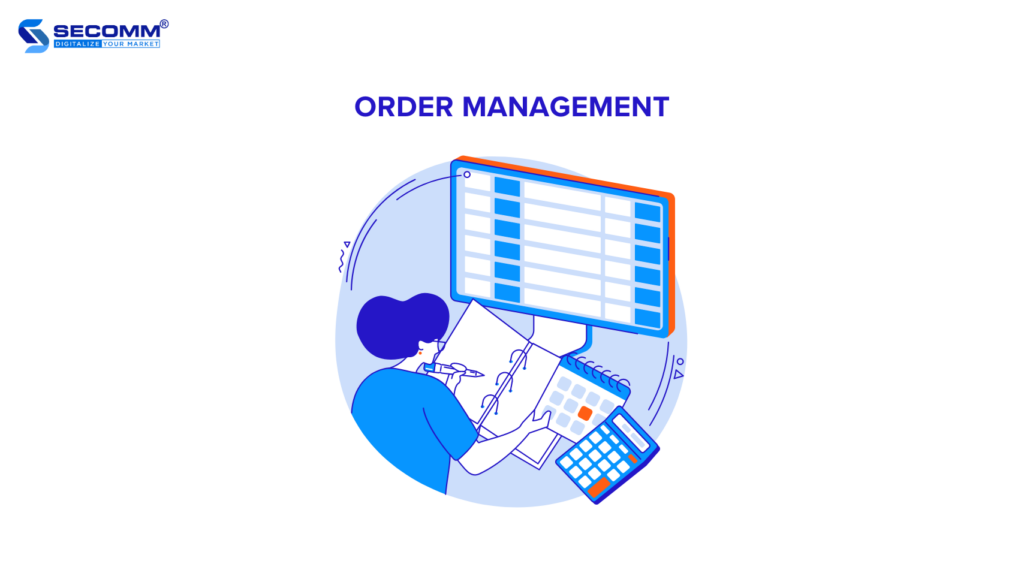
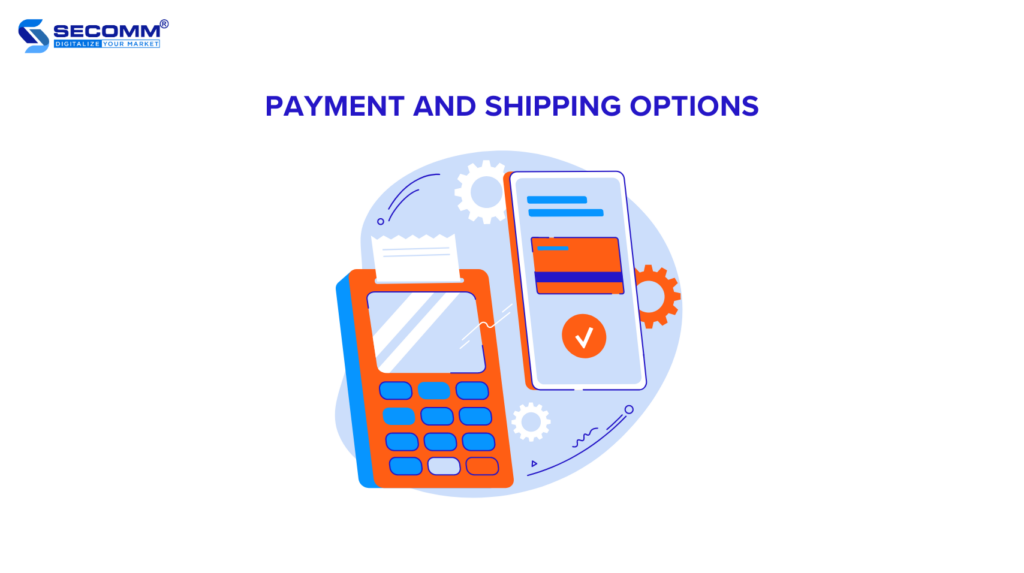
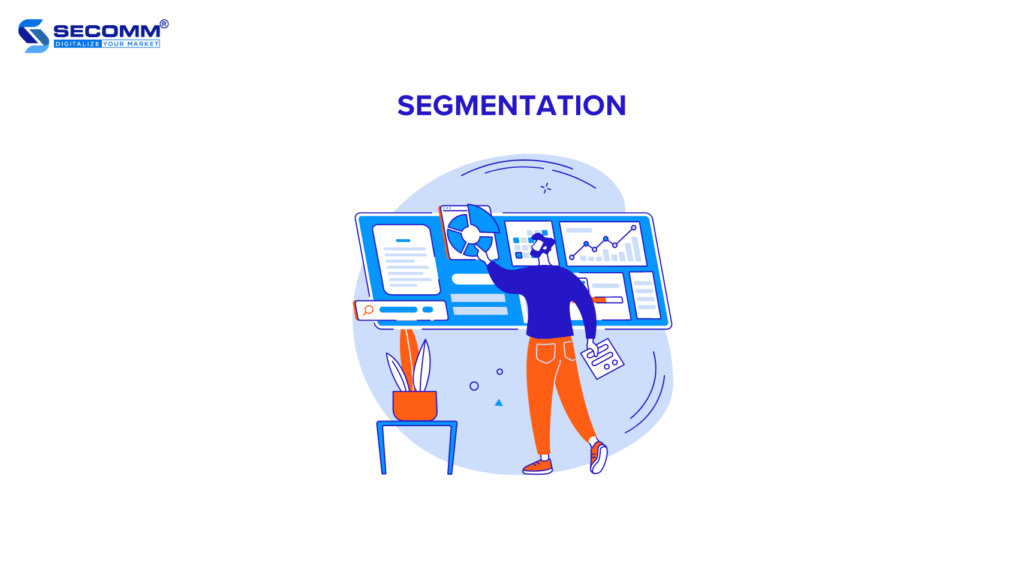
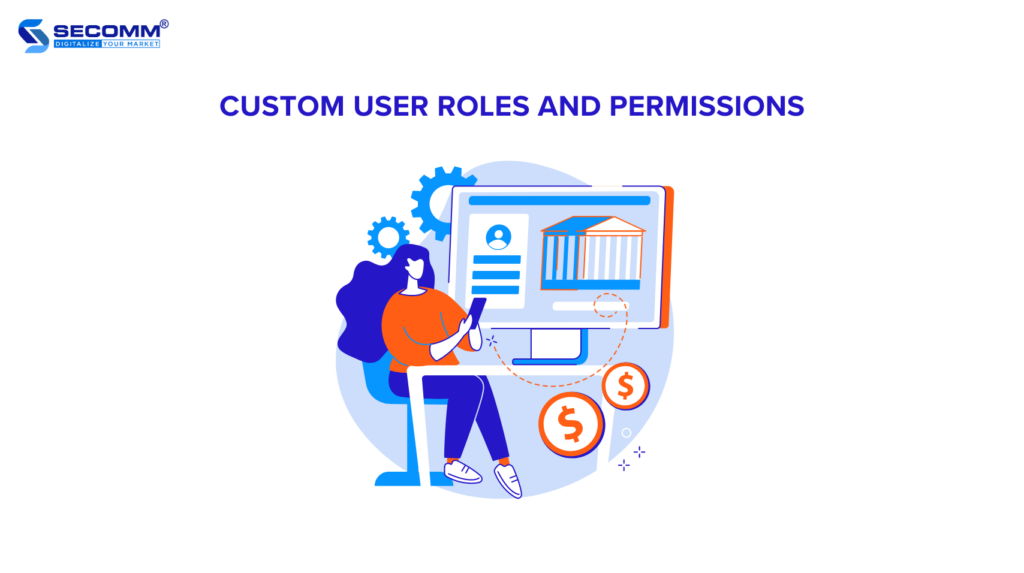
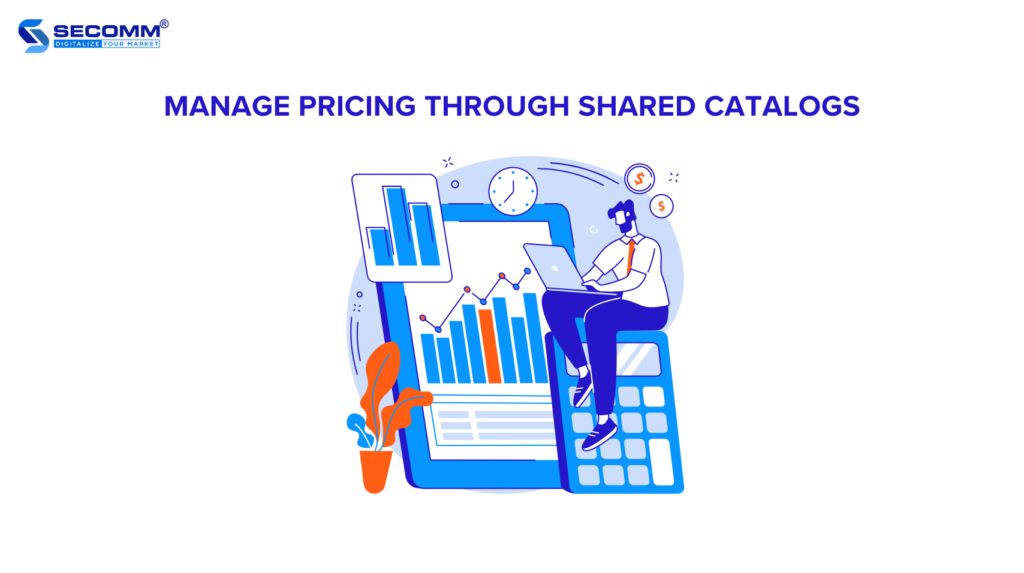
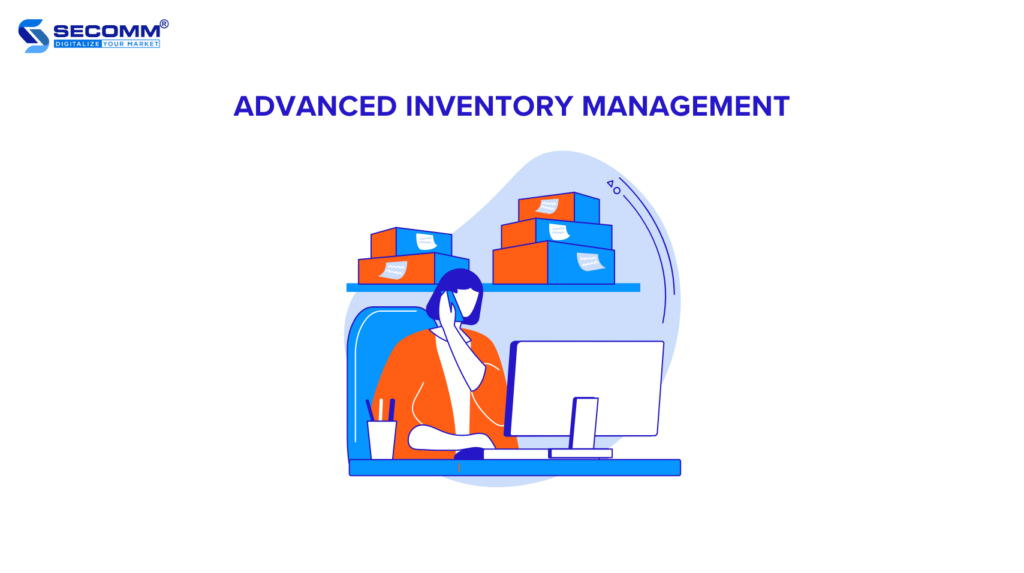
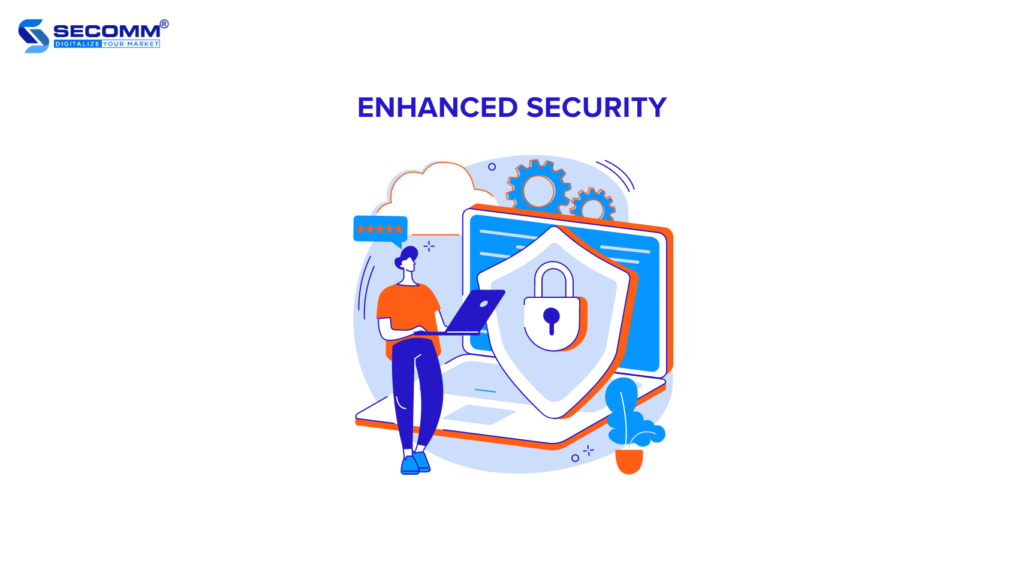
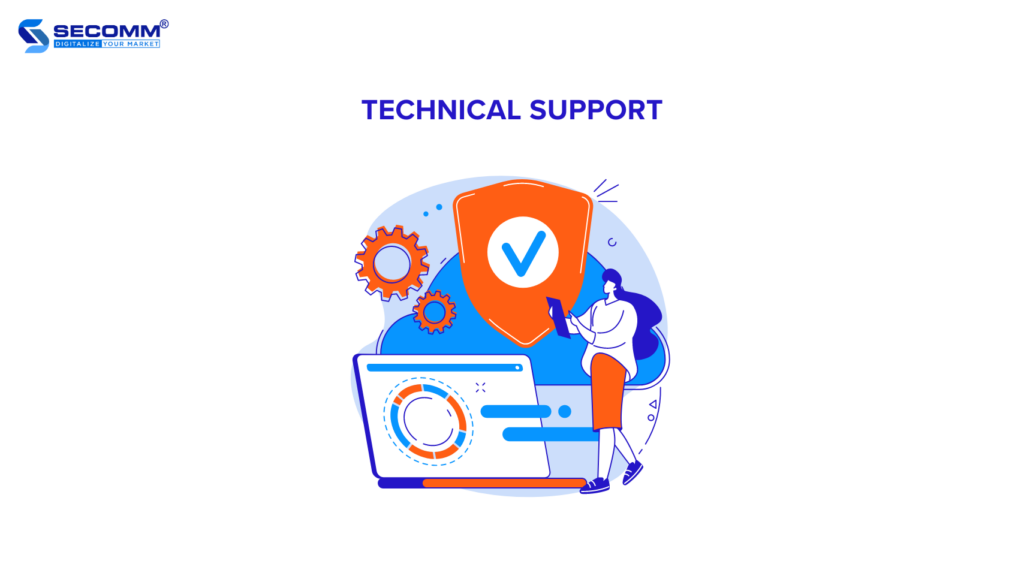
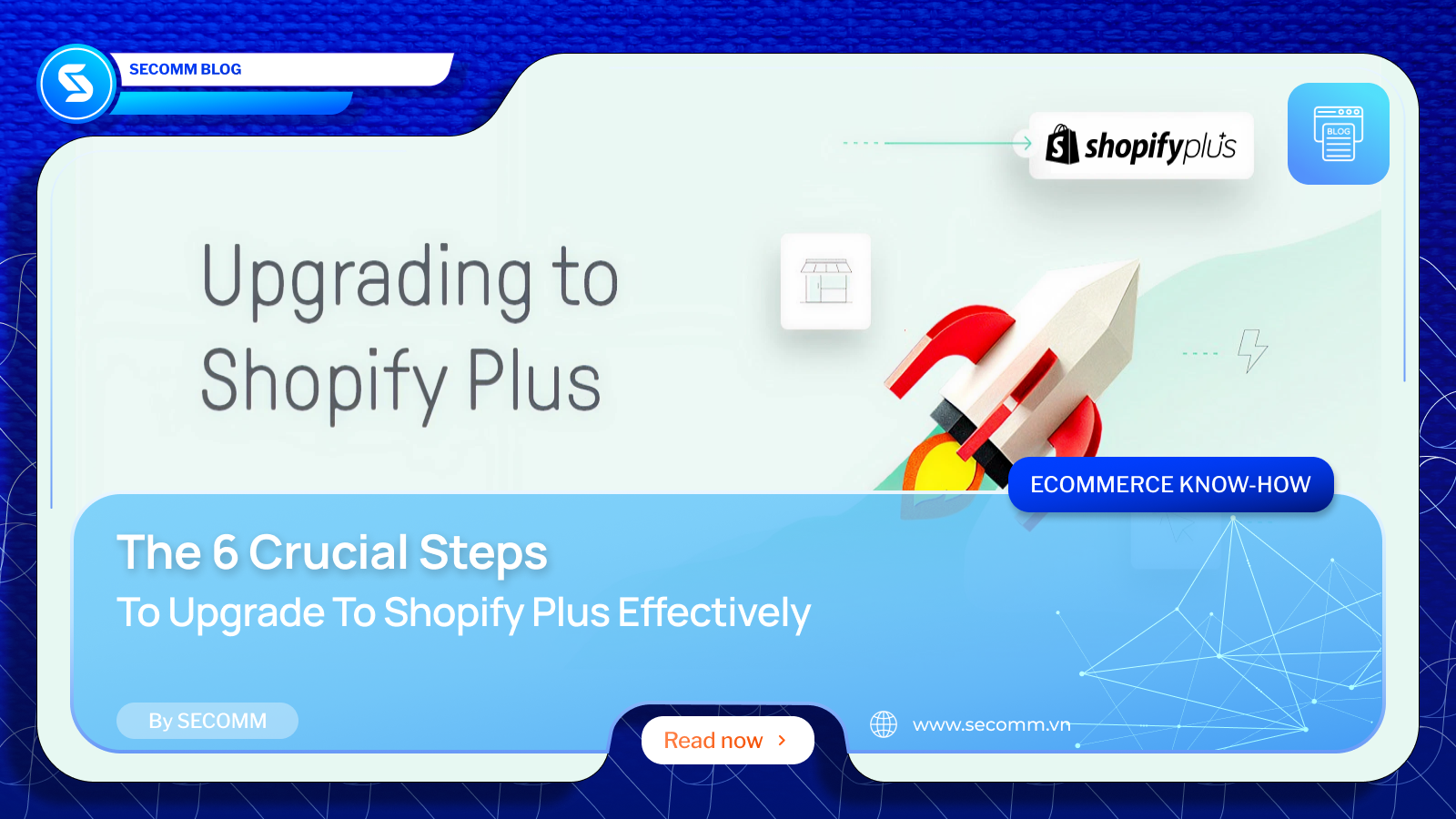

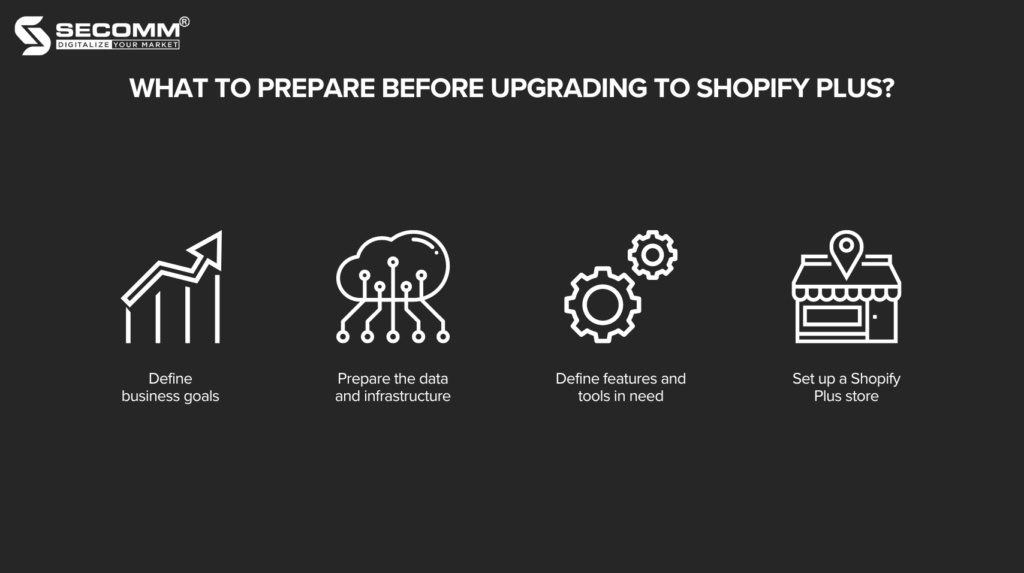
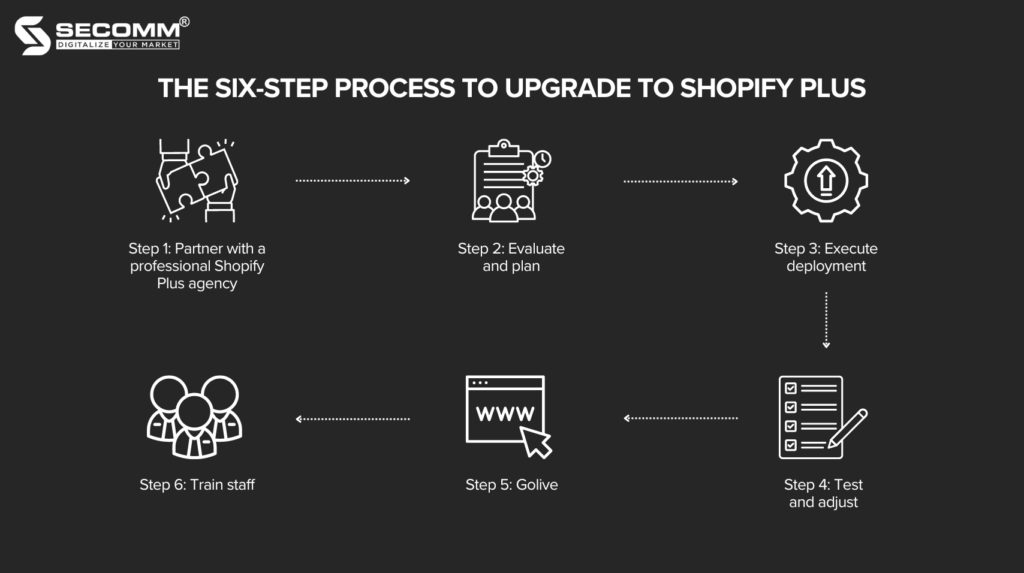
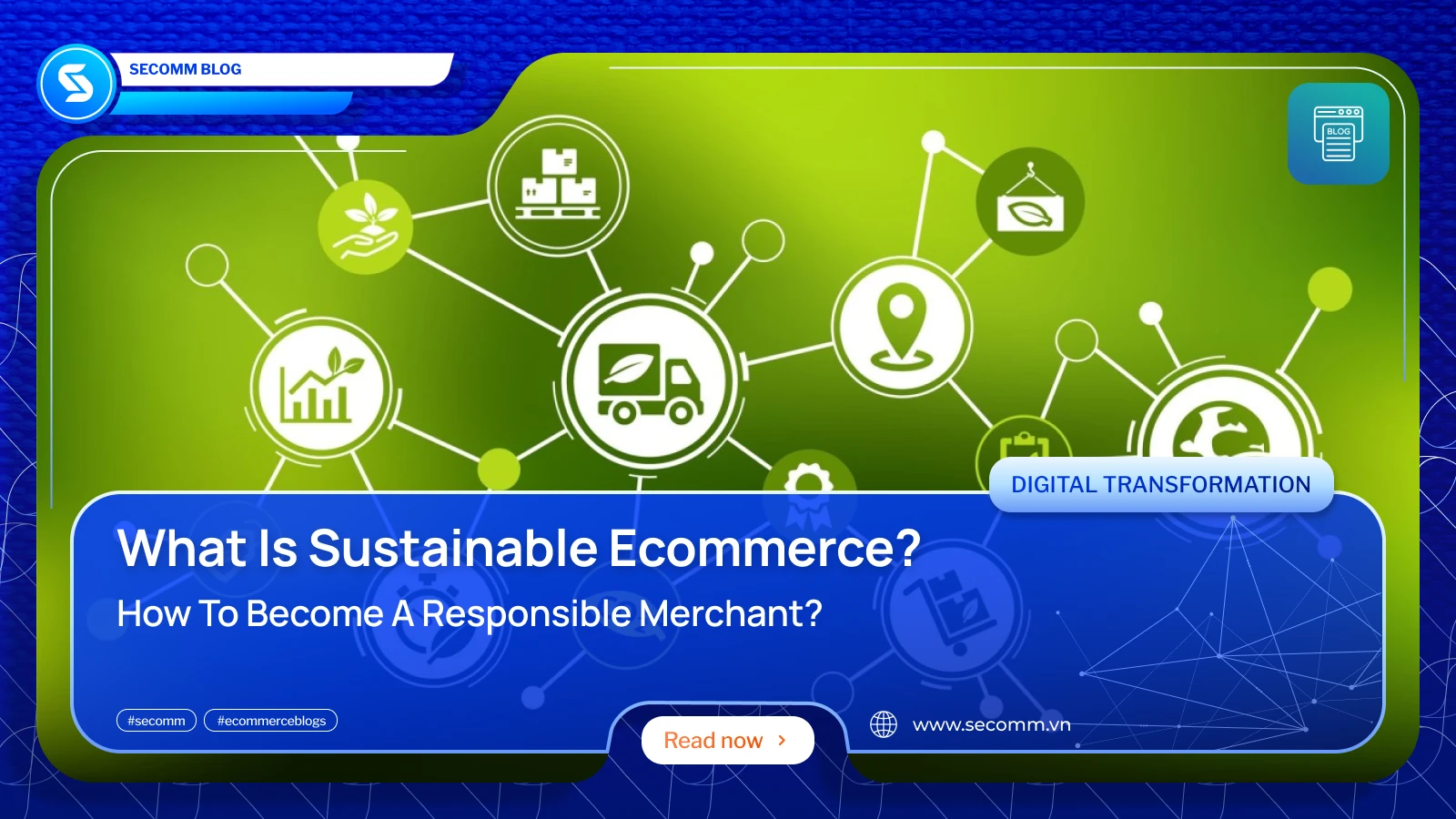

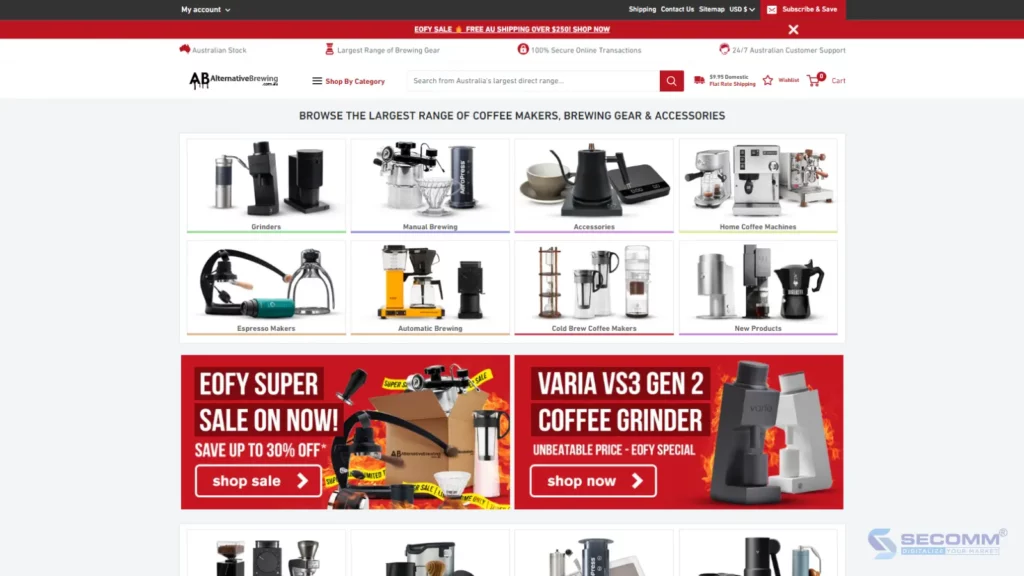



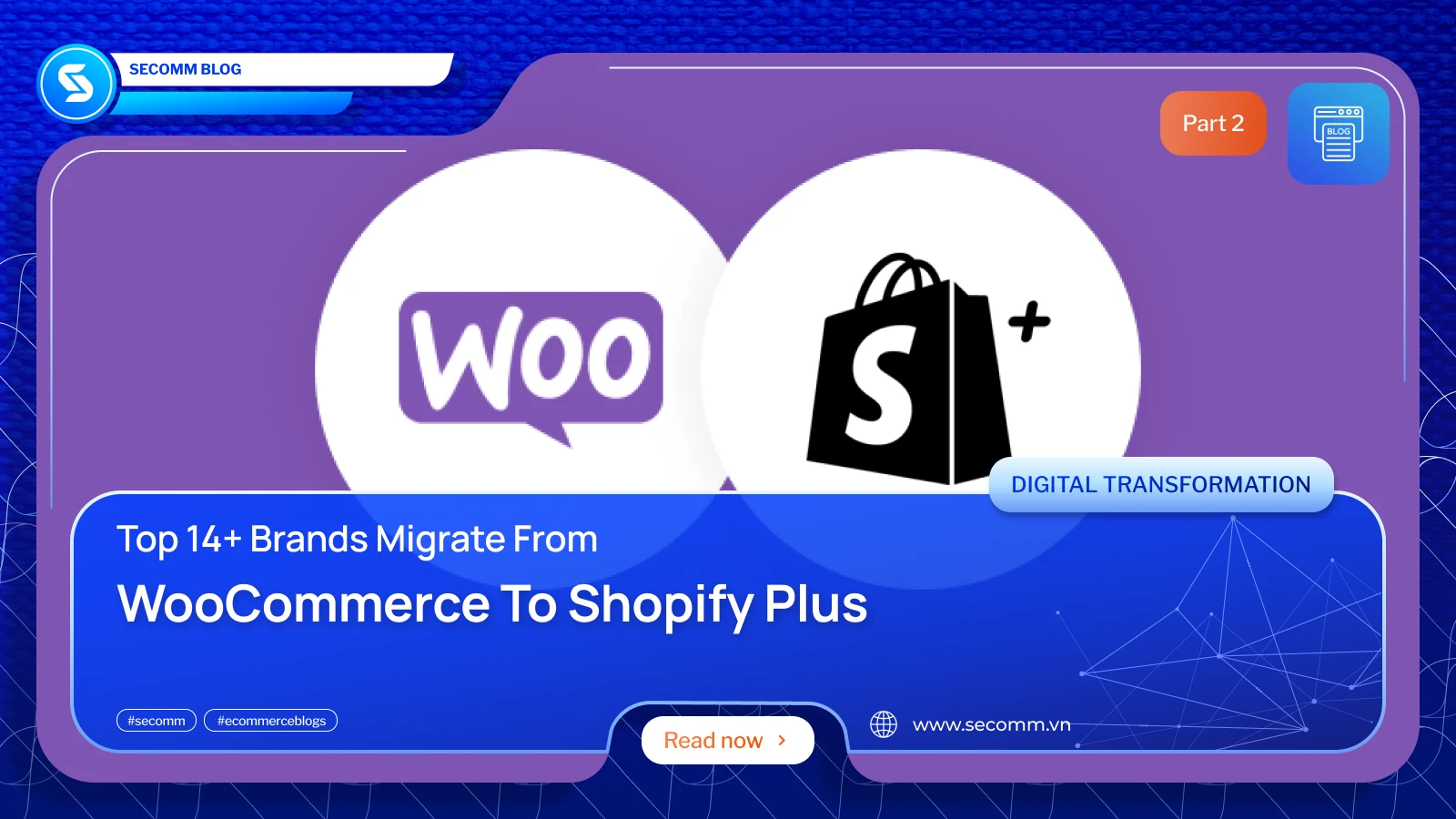





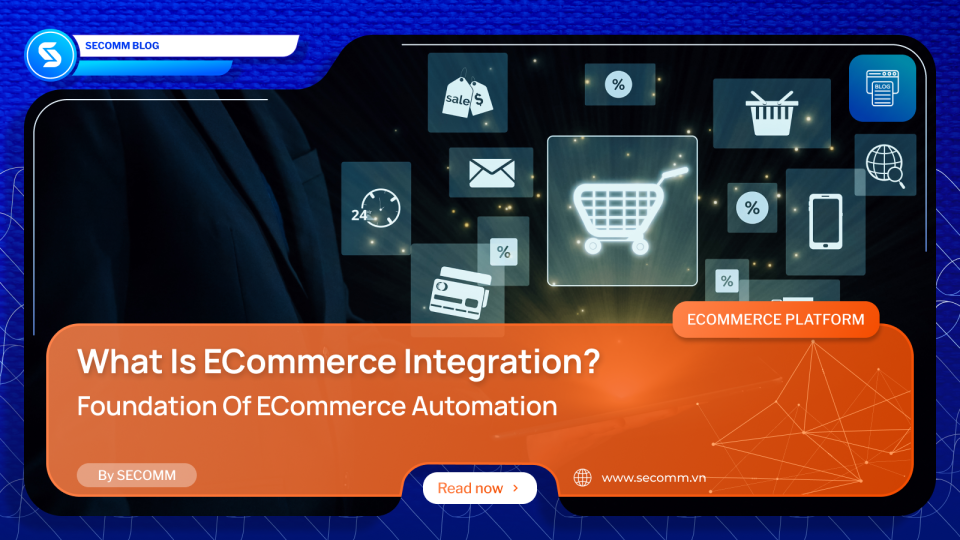
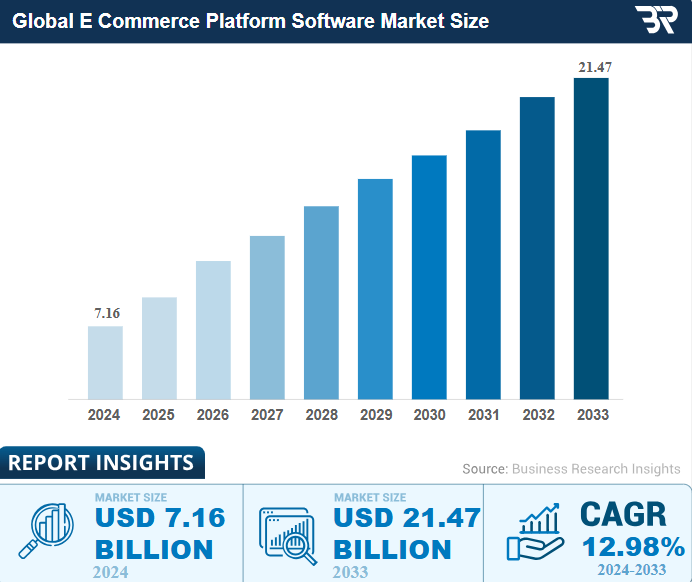

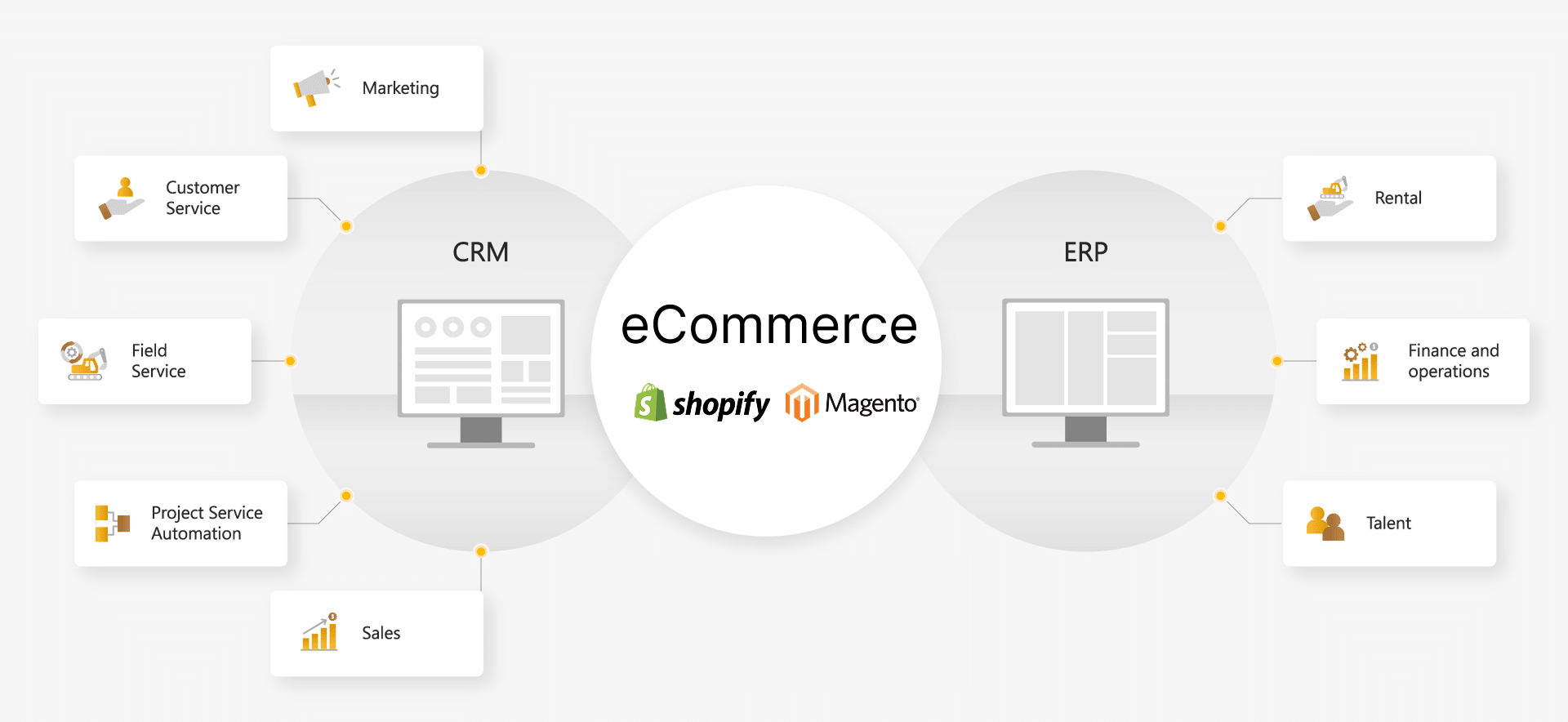
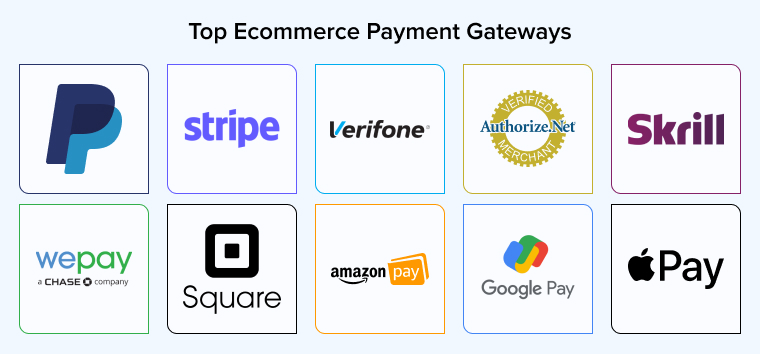




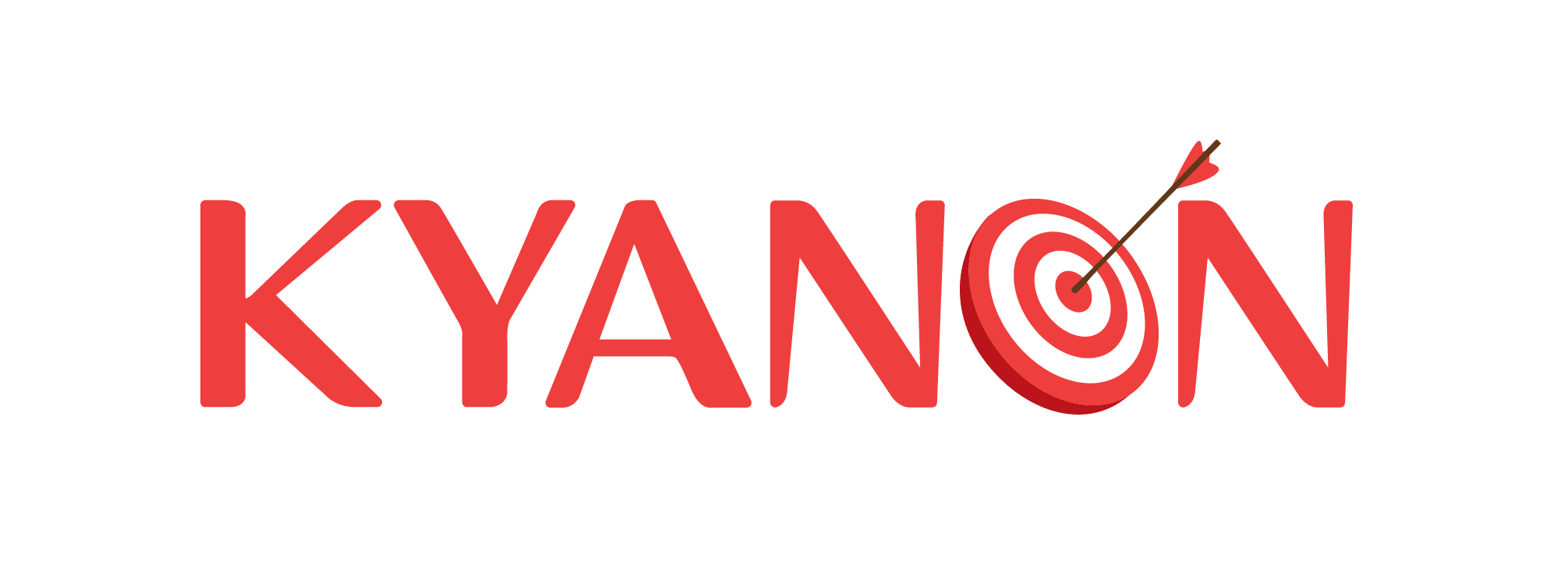


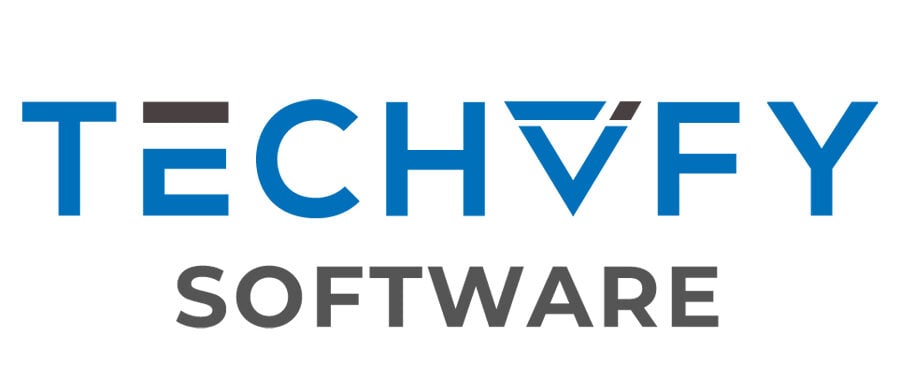



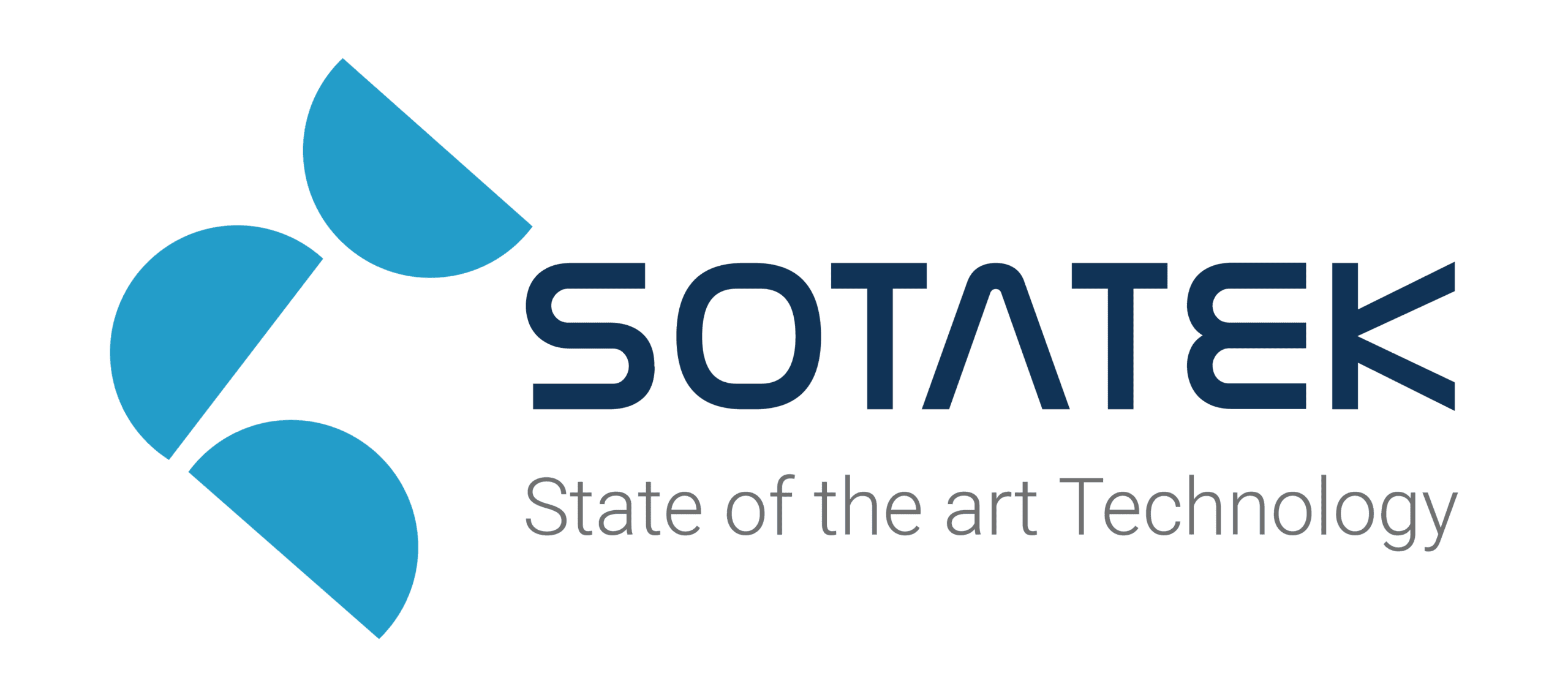










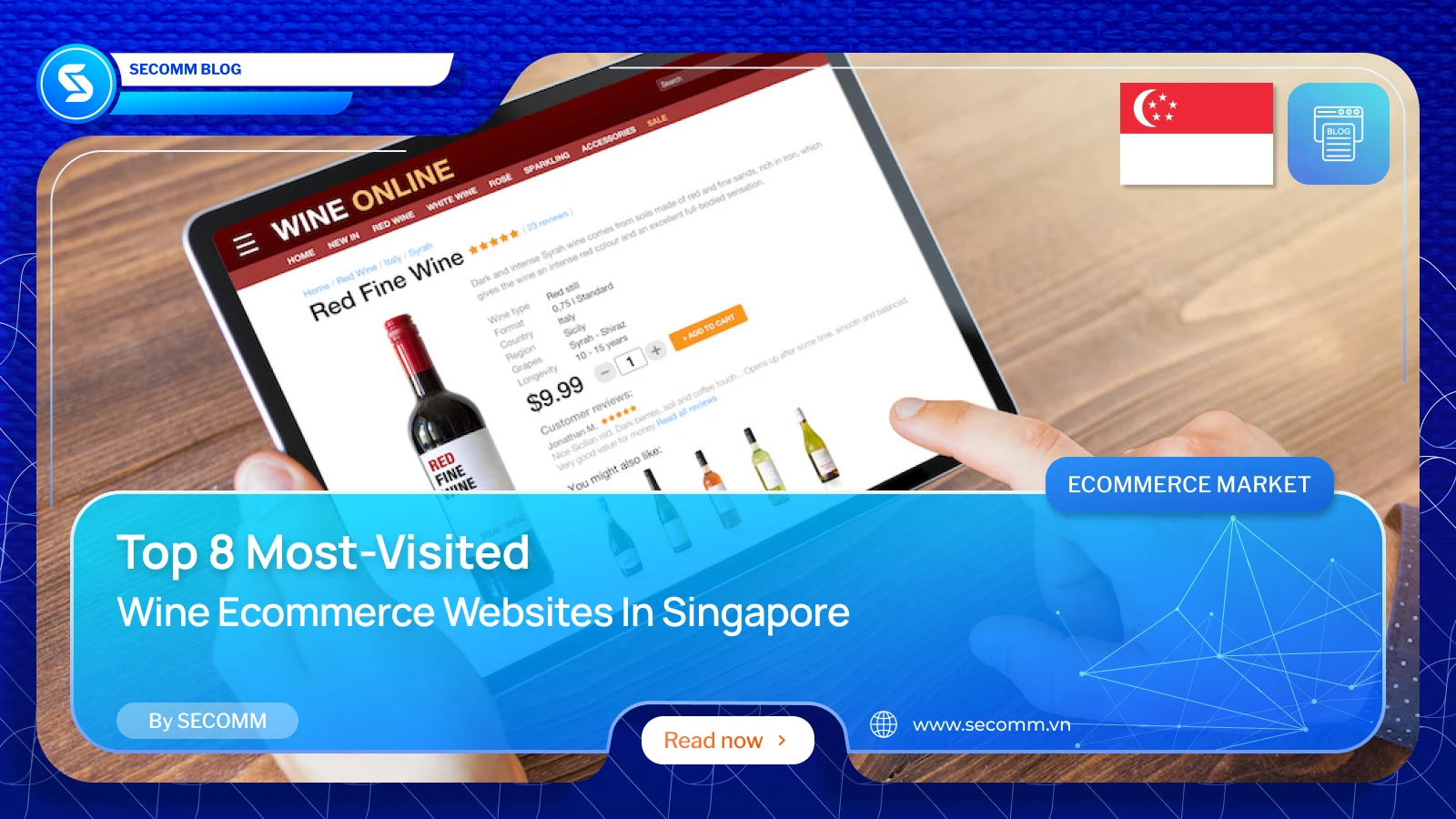
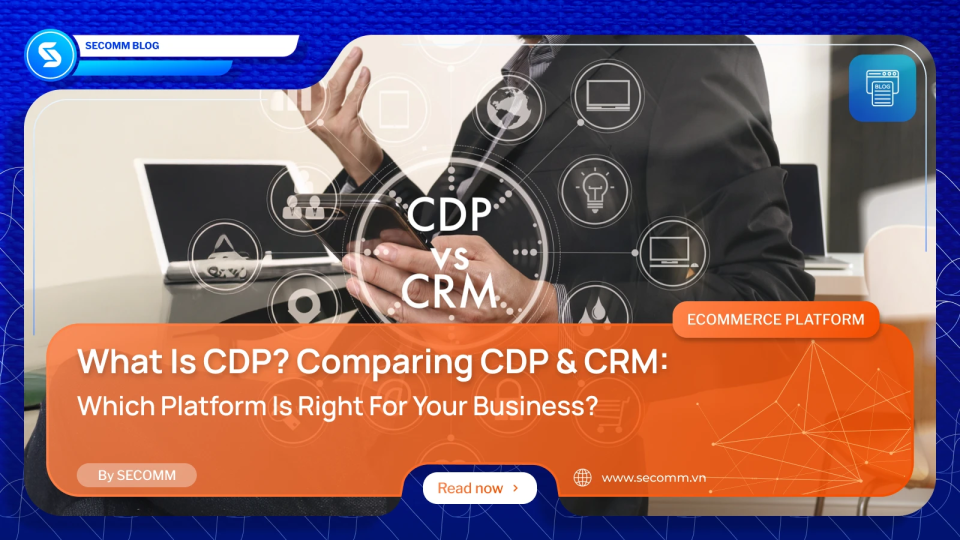
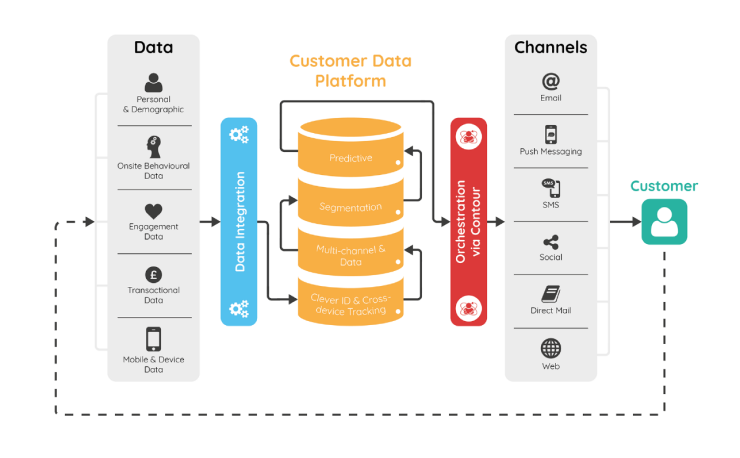
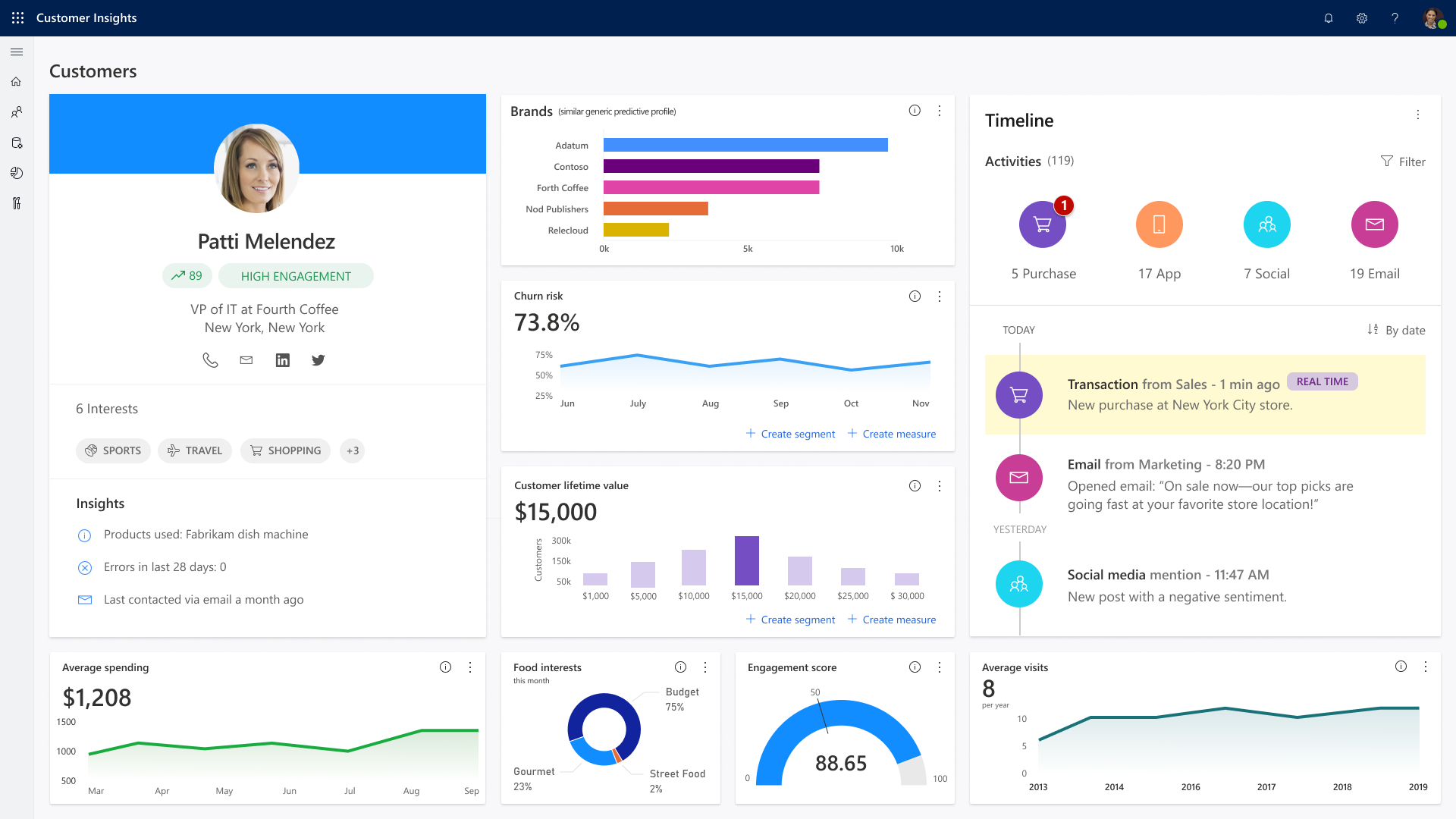


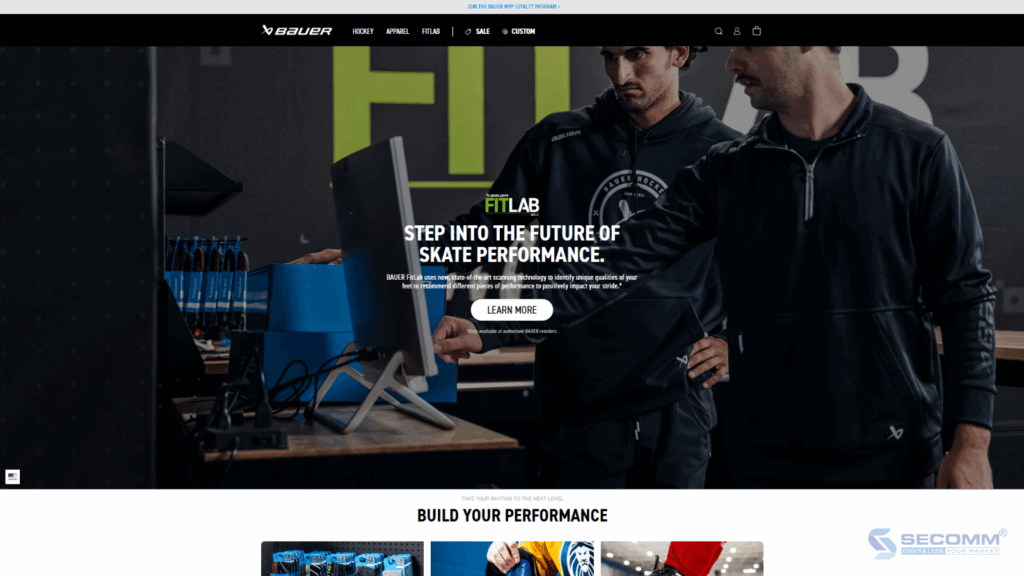

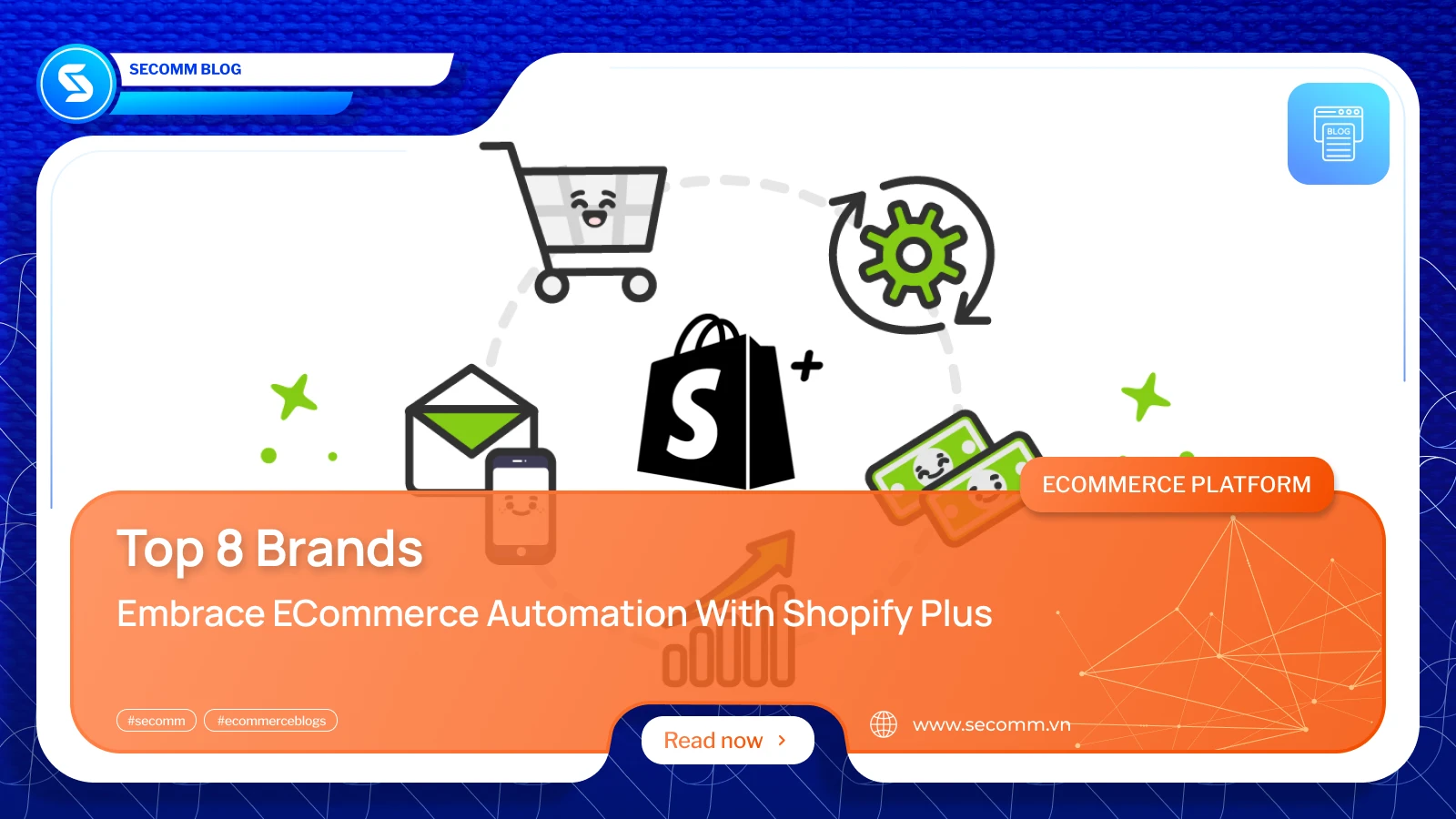




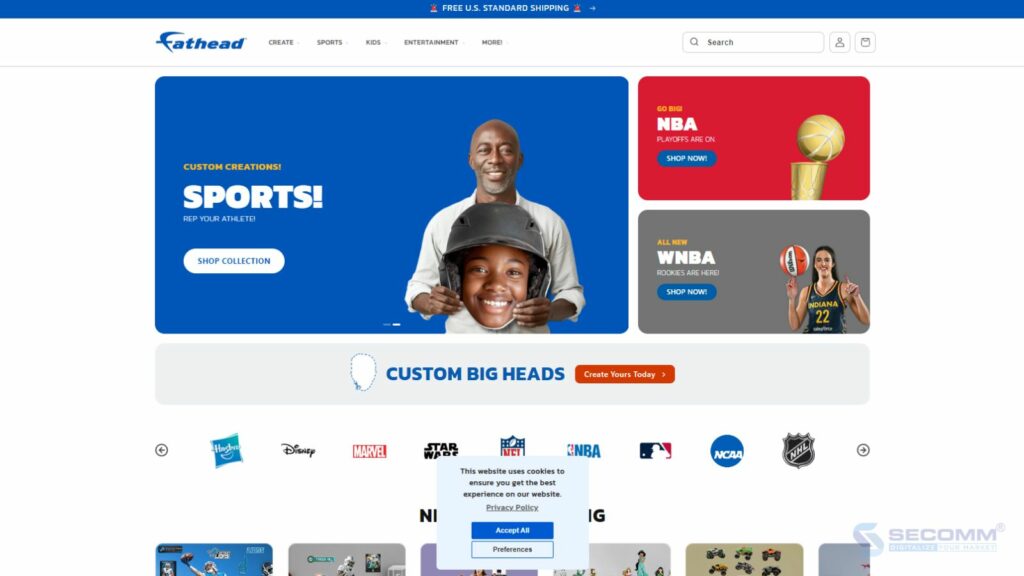
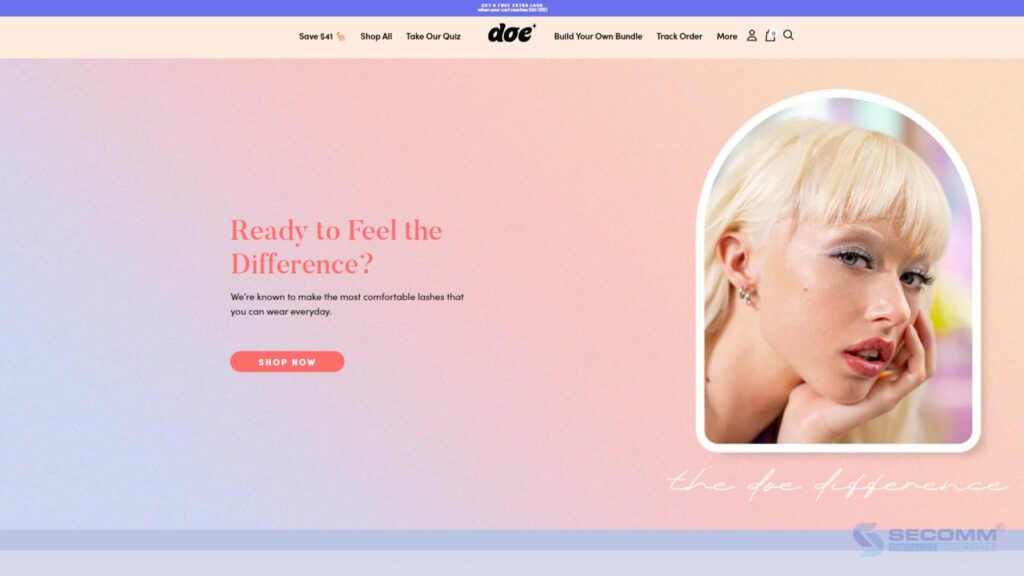




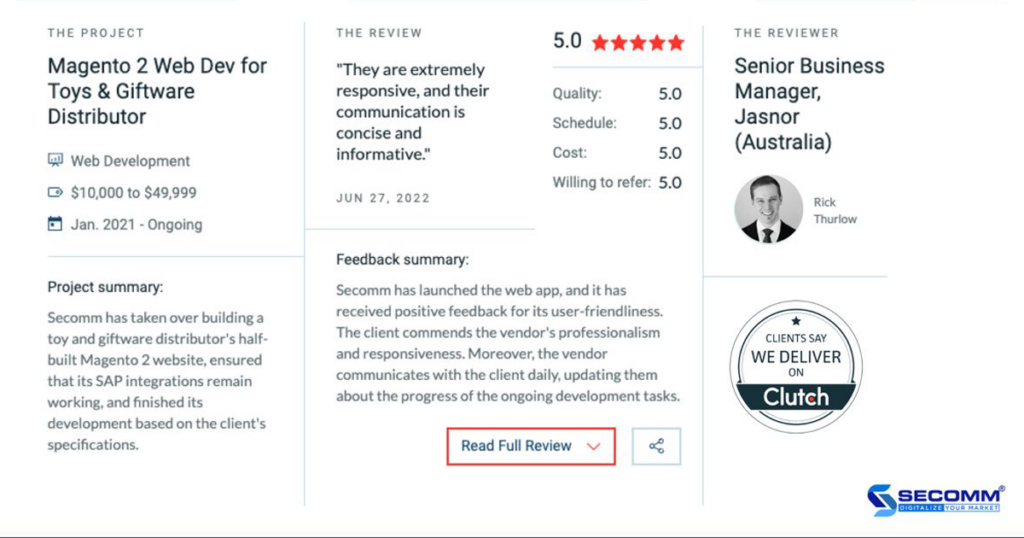
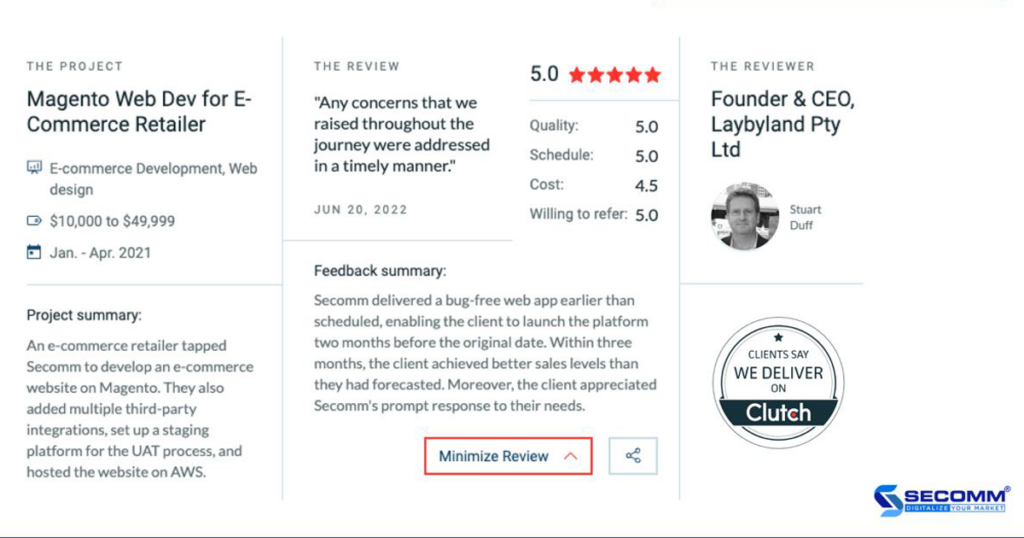

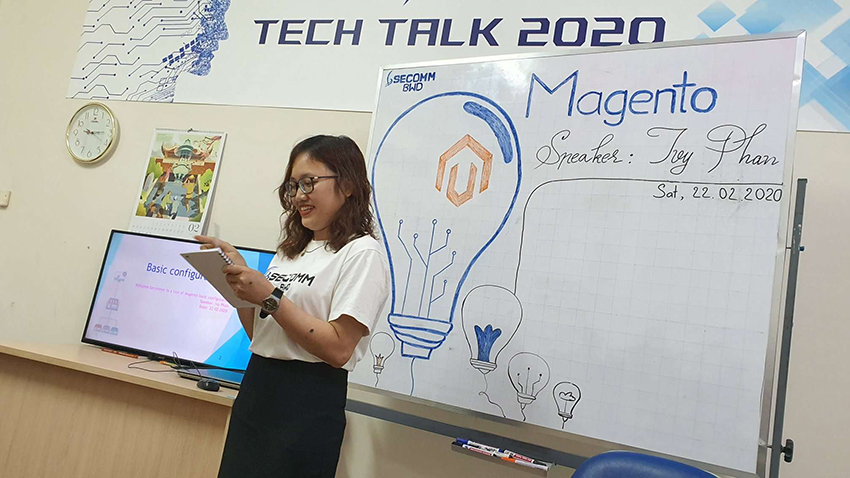


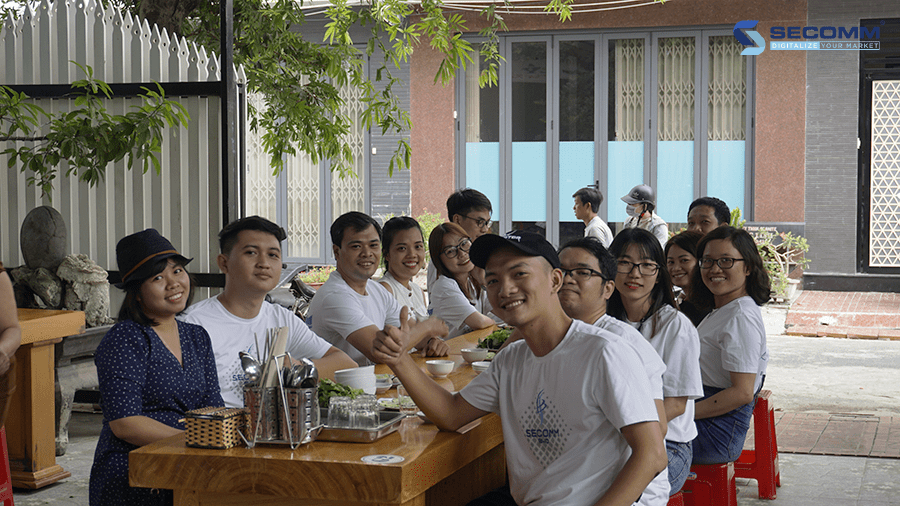






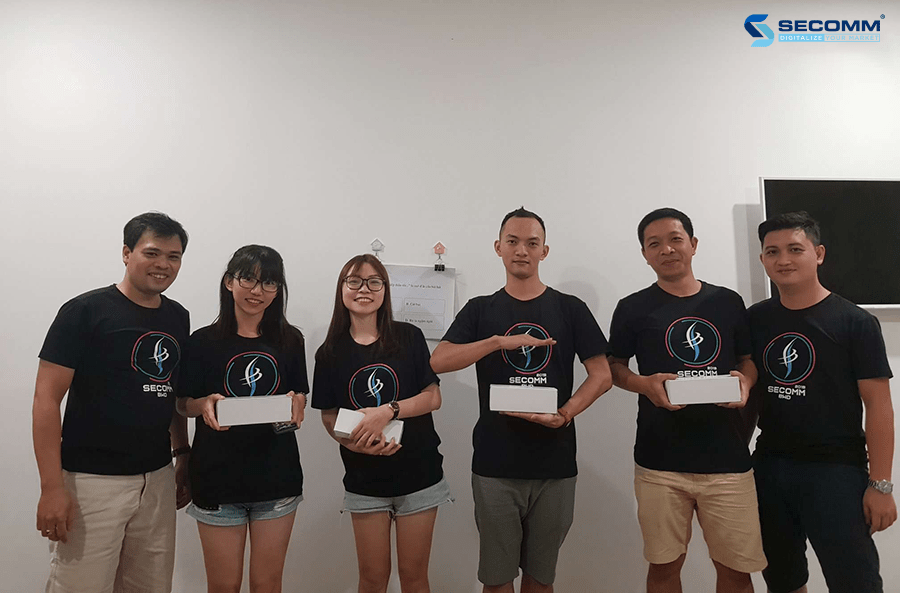





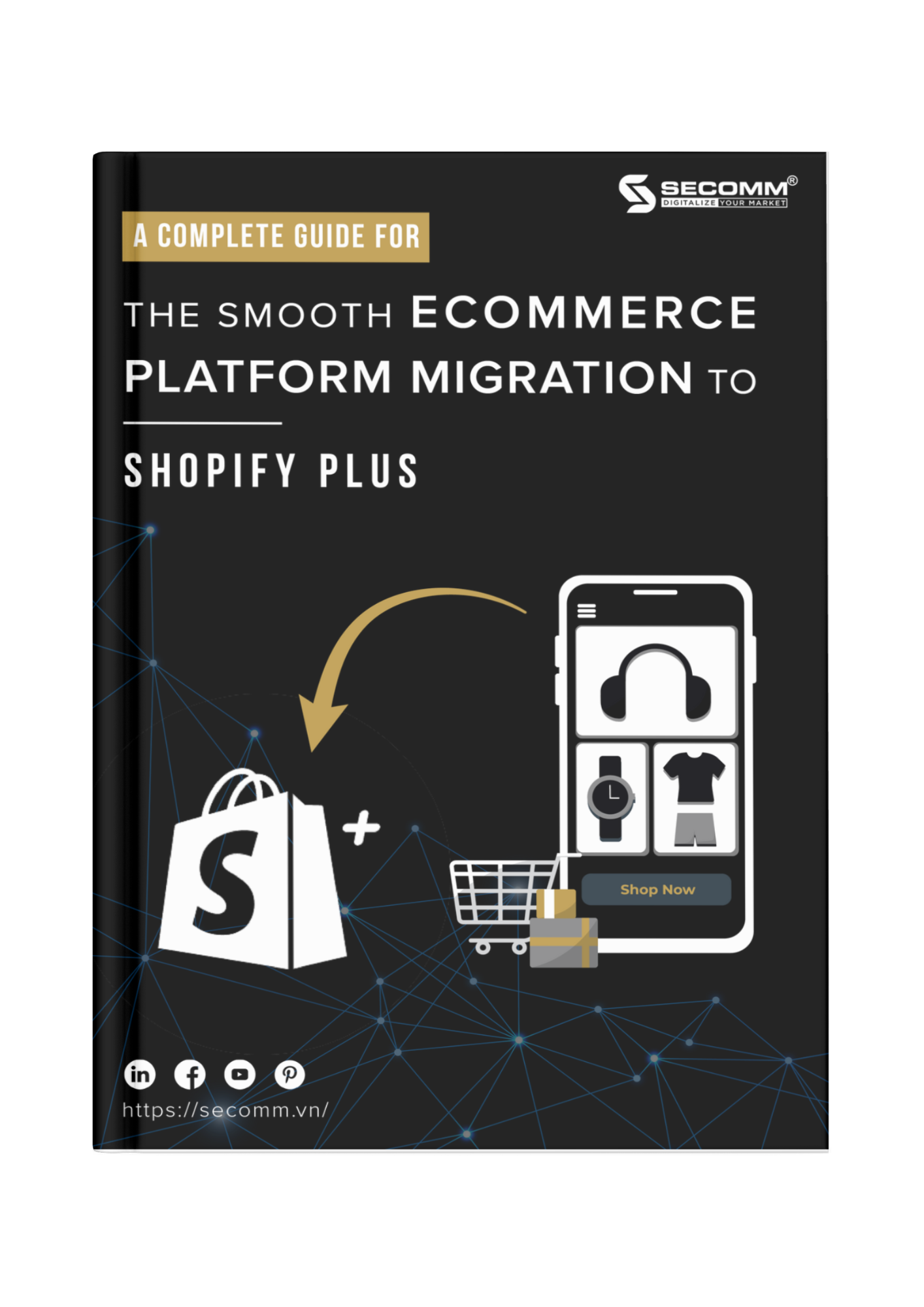



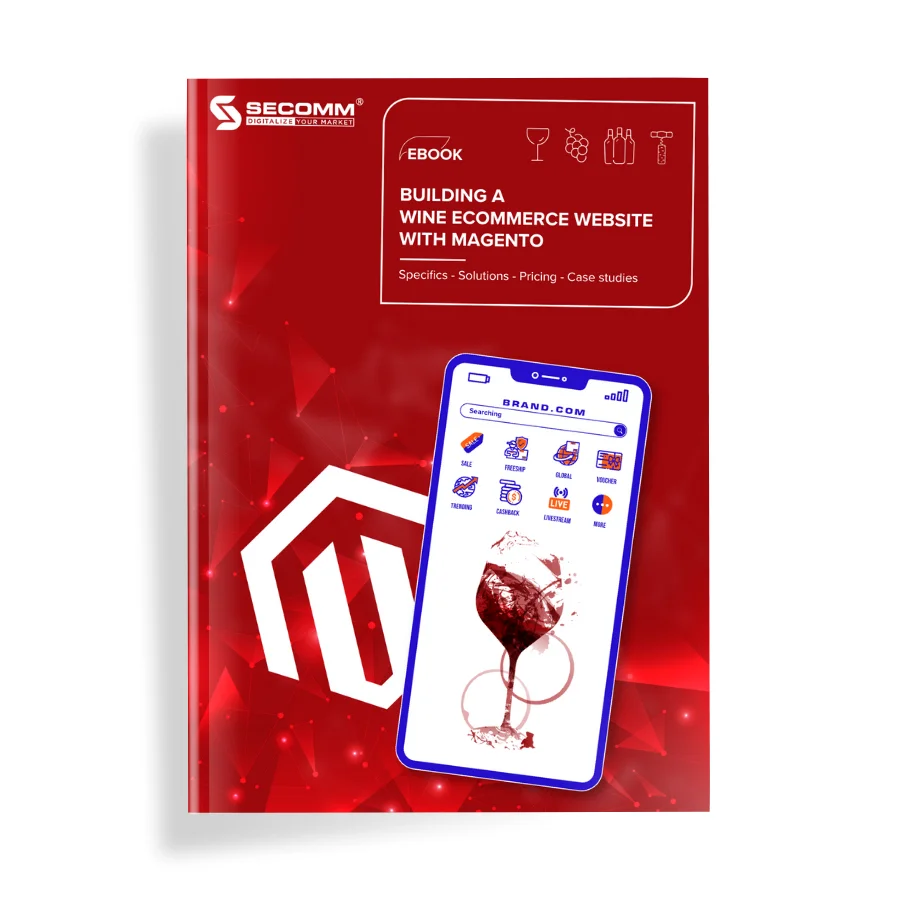
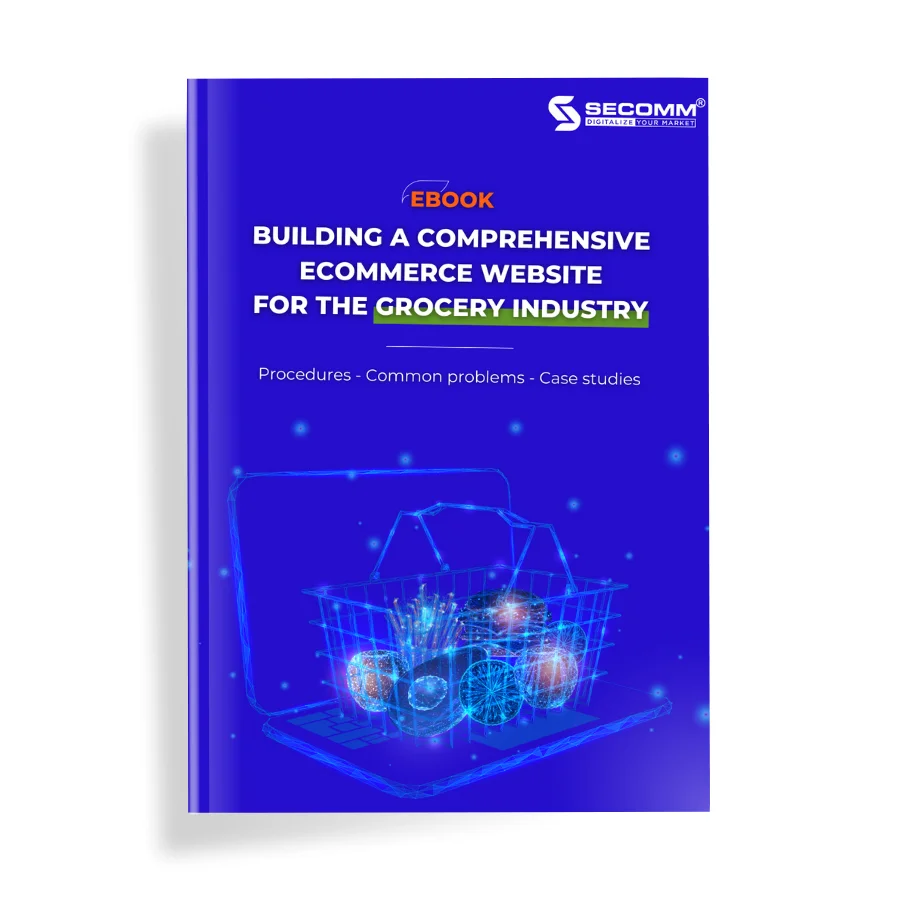
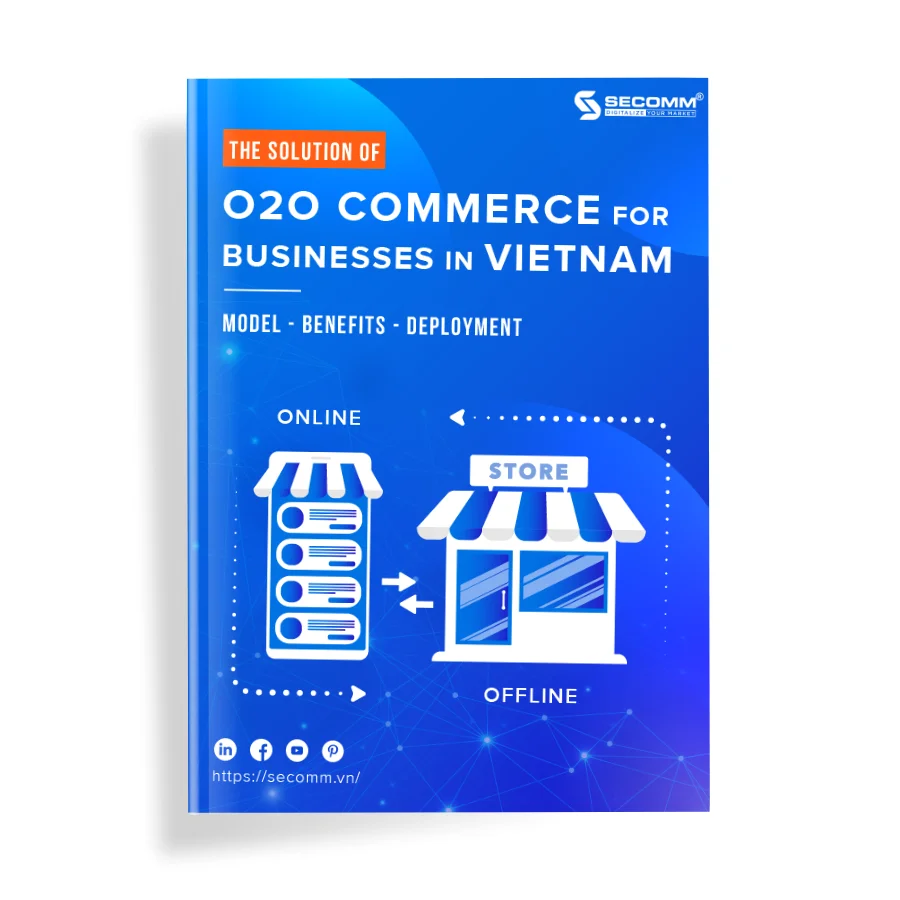
The article is very useful, and provides many knowledge of the egrocery industry